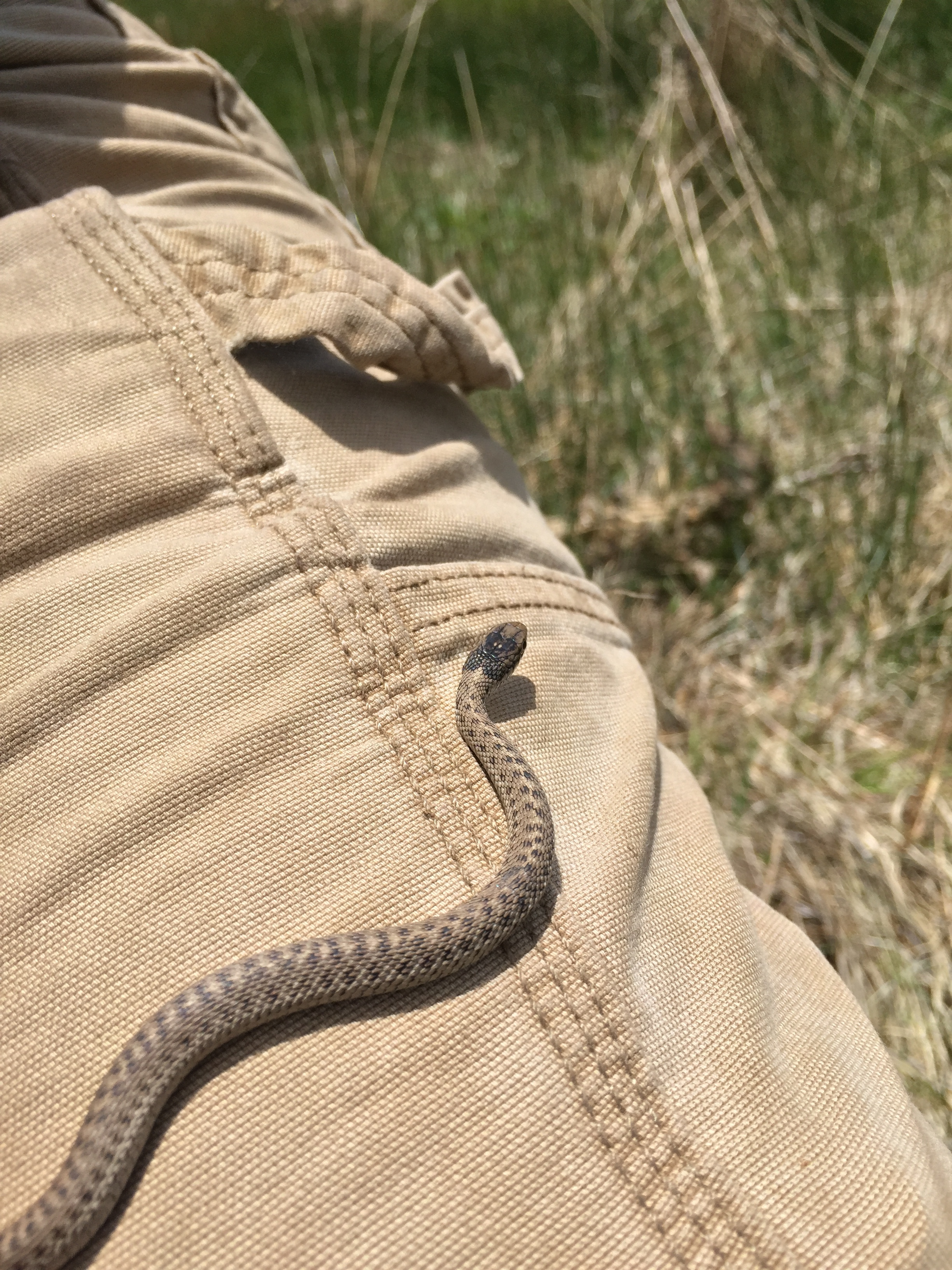THE PREY ANIMAL
Prairie Dogs on Alert
If a prairie dog fails to concentrate on its surroundings, it may pay with its life. Even in short-grass prairies, the grass is still tall compared to these animals, and predators will take advantage of that. So it is that prairie dogs spend a considerable amount of time being vigilant during their daily activities. You will often see heads bobbing up and down during foraging, and often prairie dogs will stand while they chew on strands of grass. Whether they're on all fours, sitting on their haunches, or standing on their hind legs as tall as they can, prairie dogs exhibit alertness at all times.
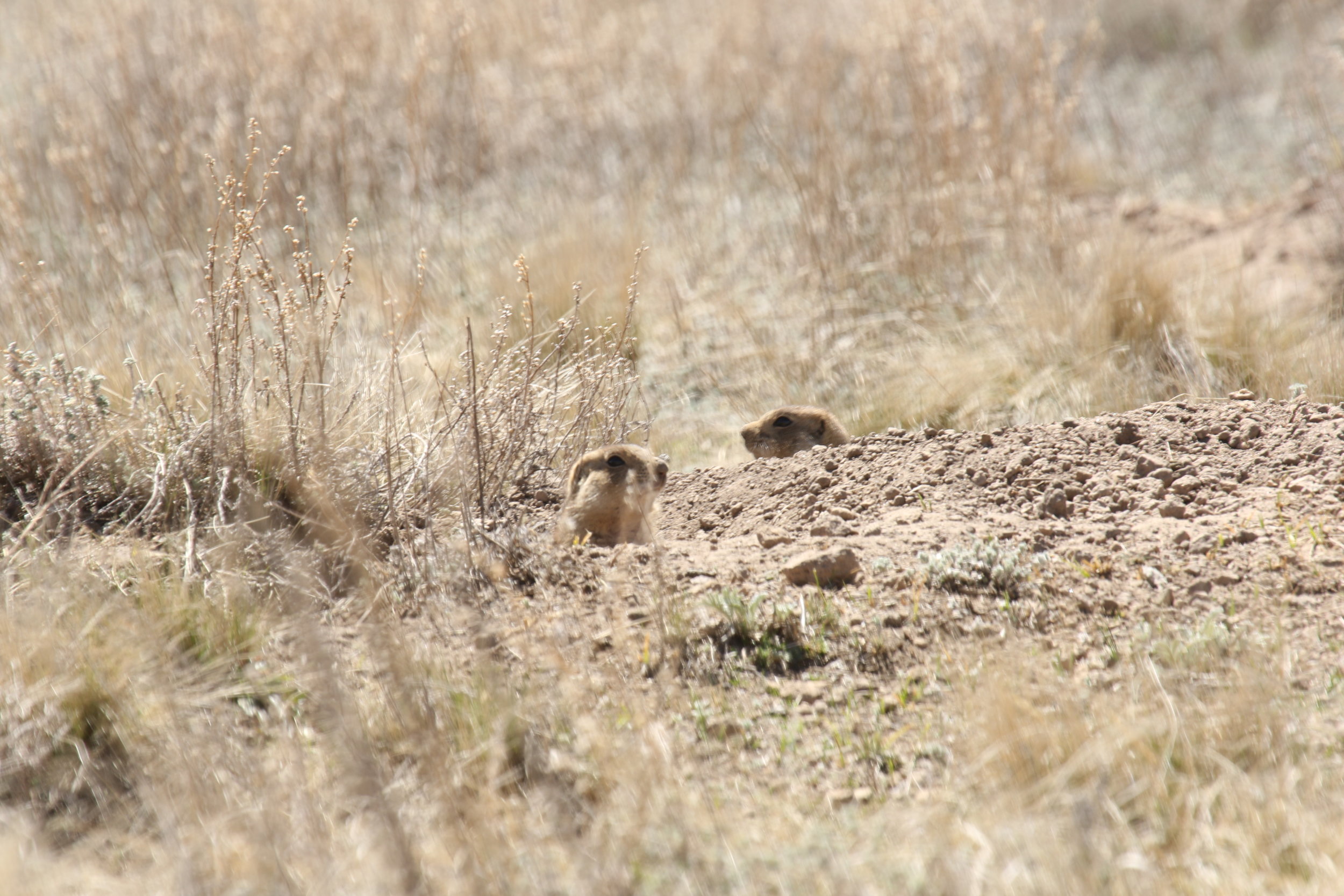
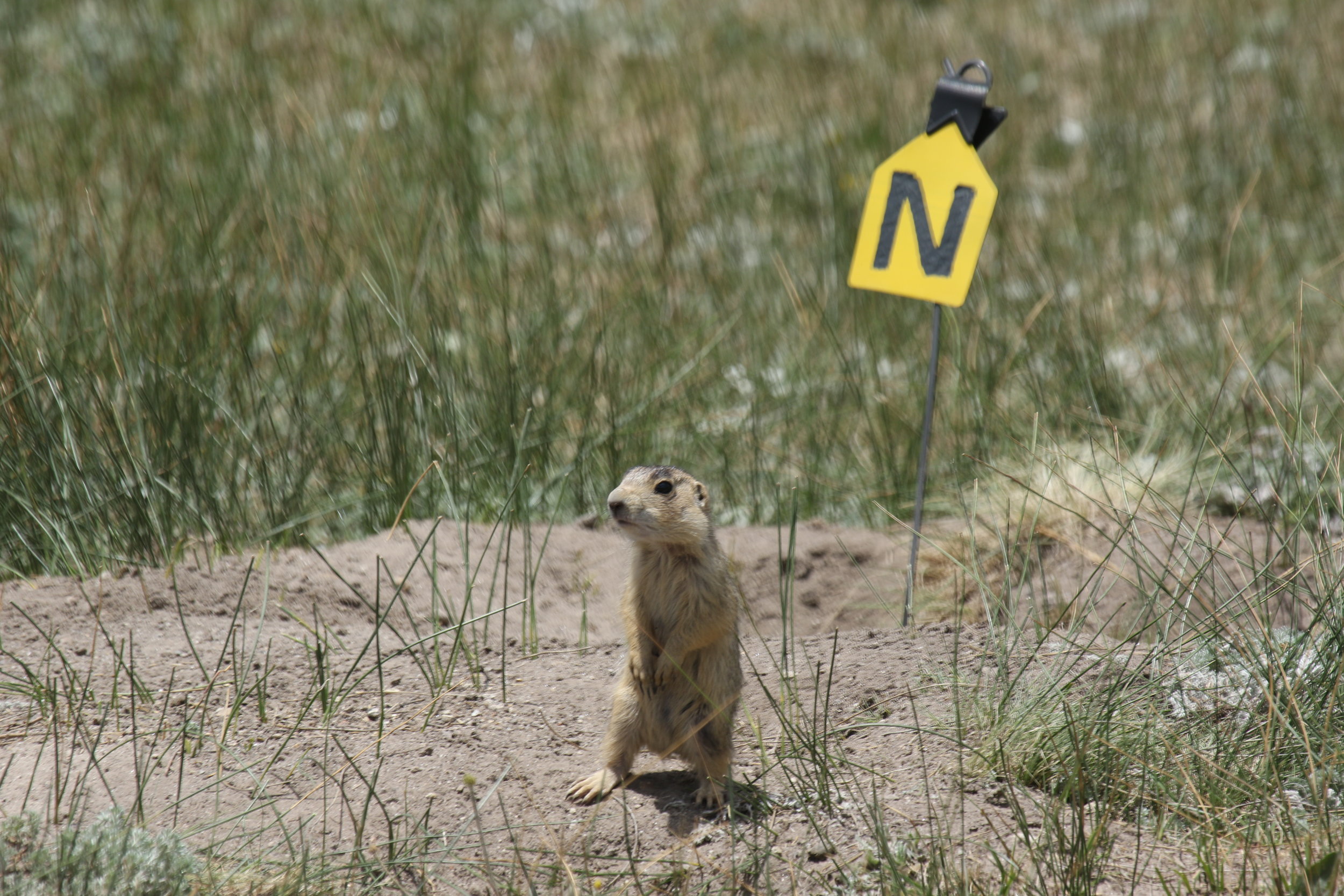
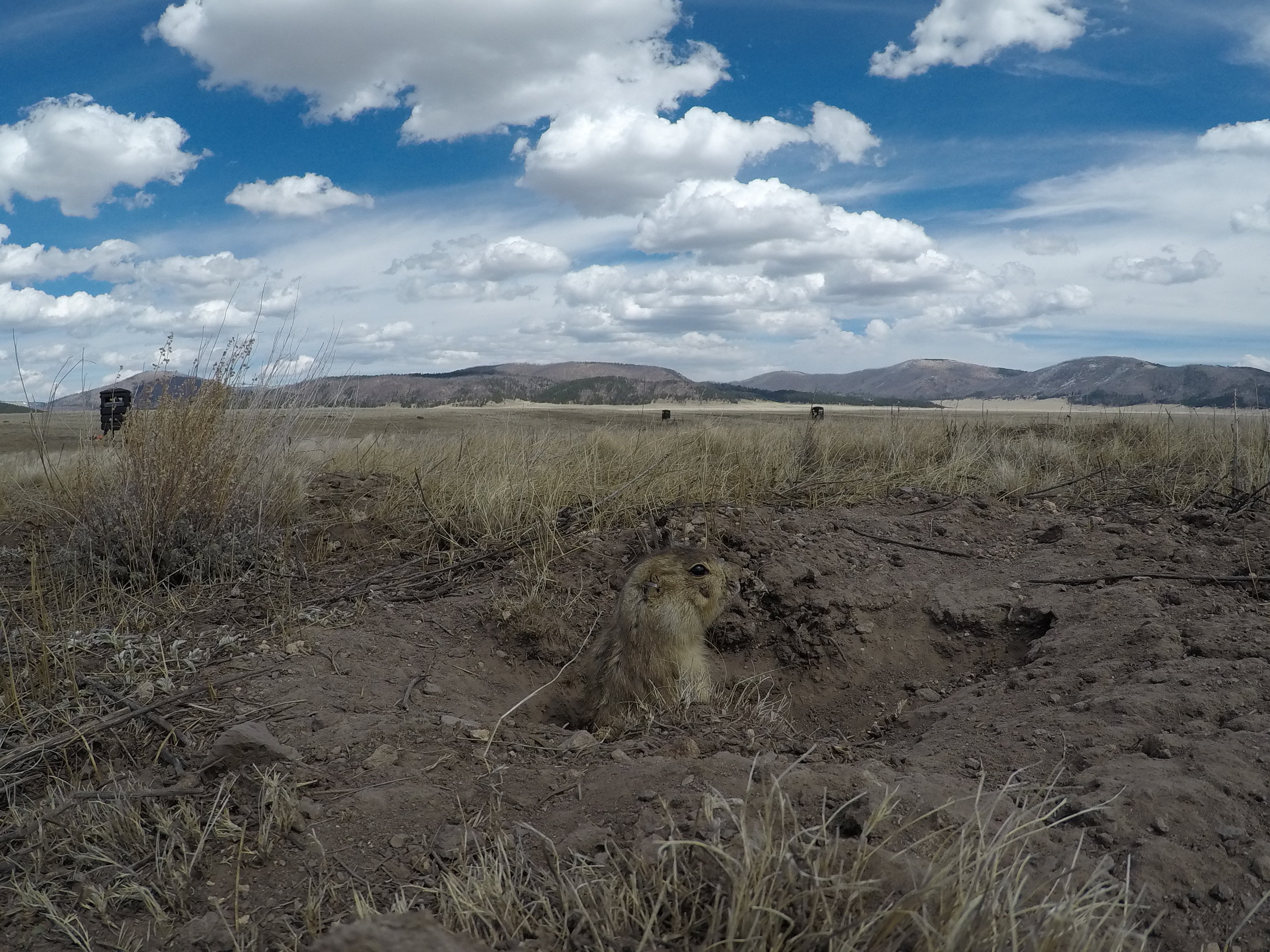
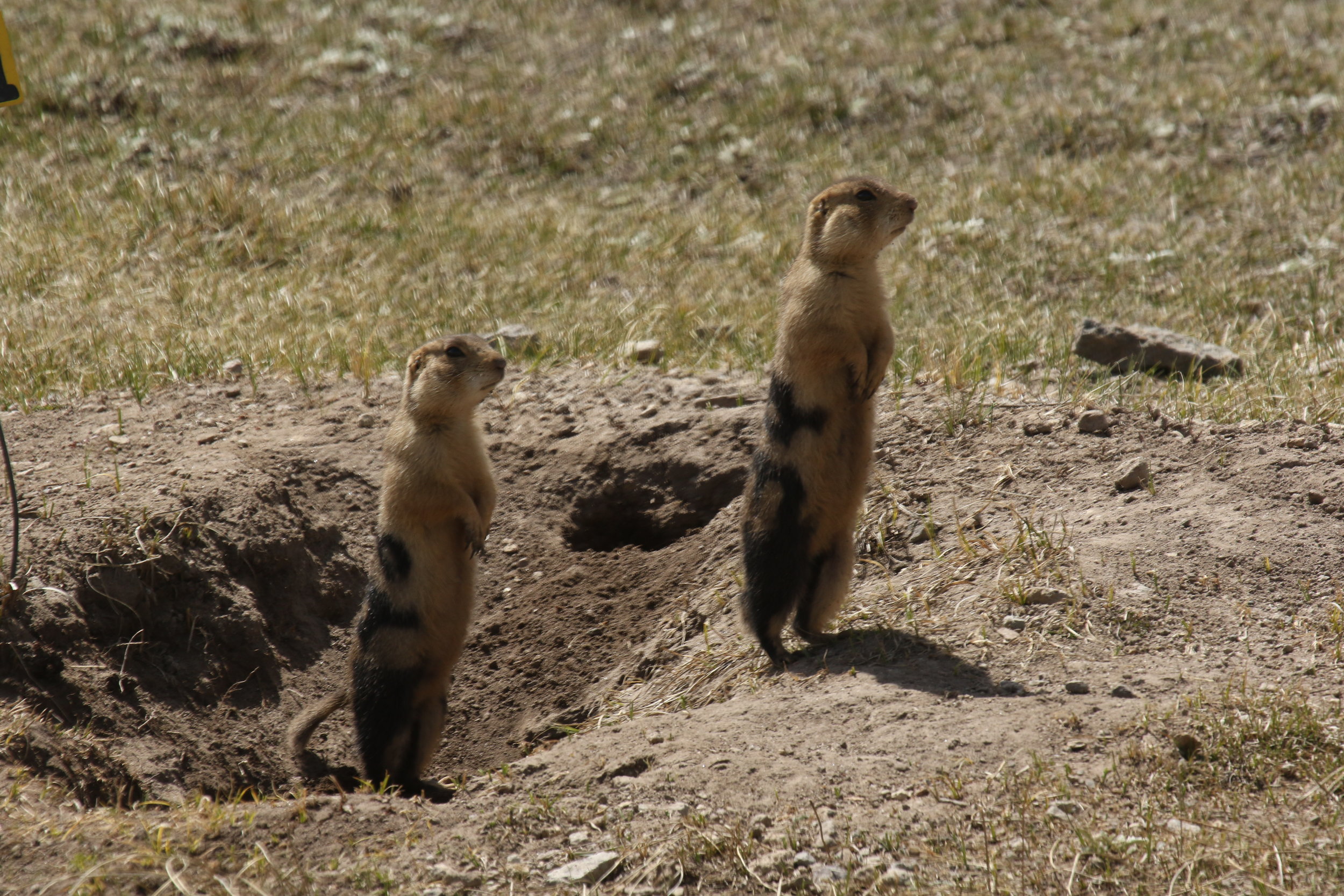
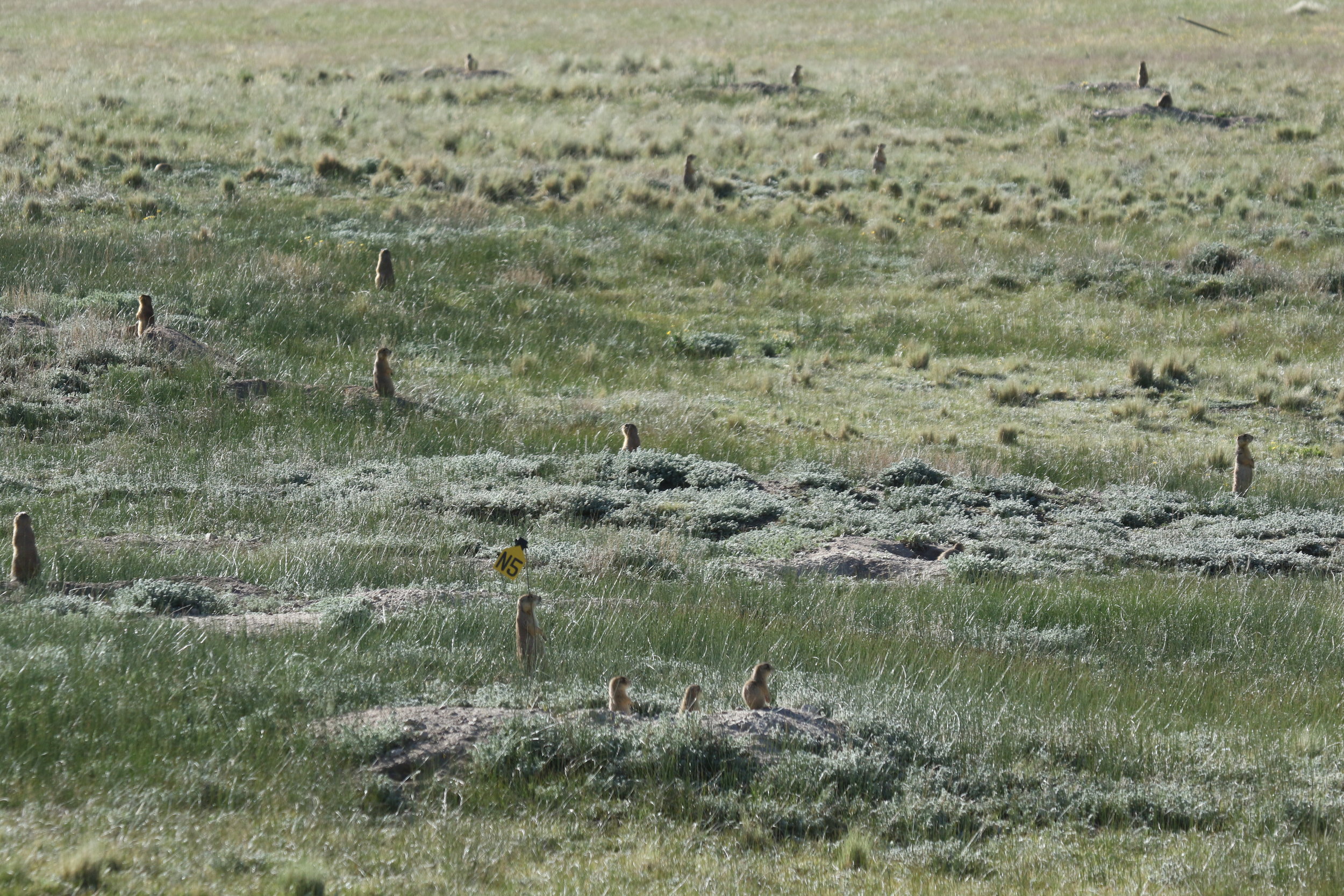
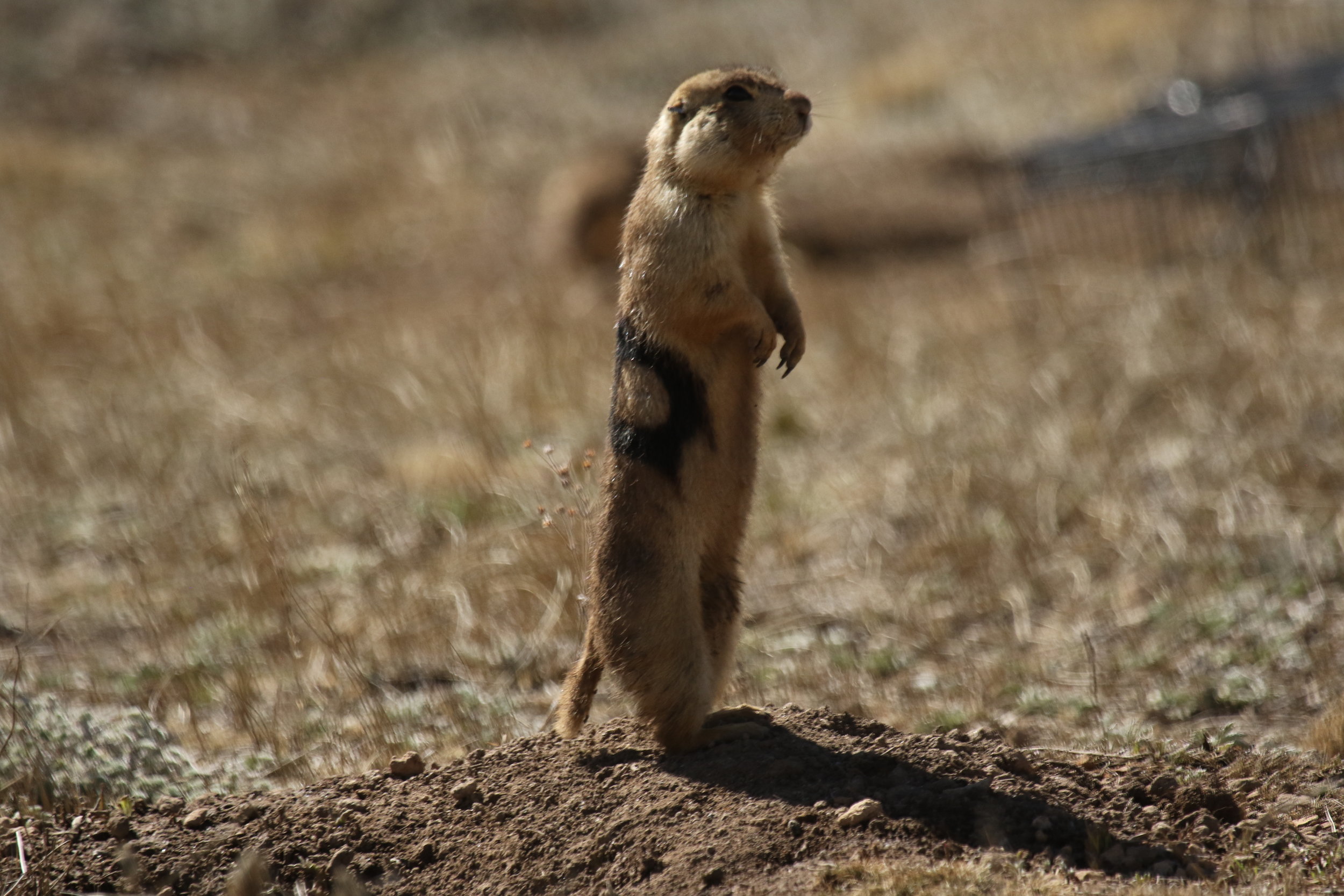
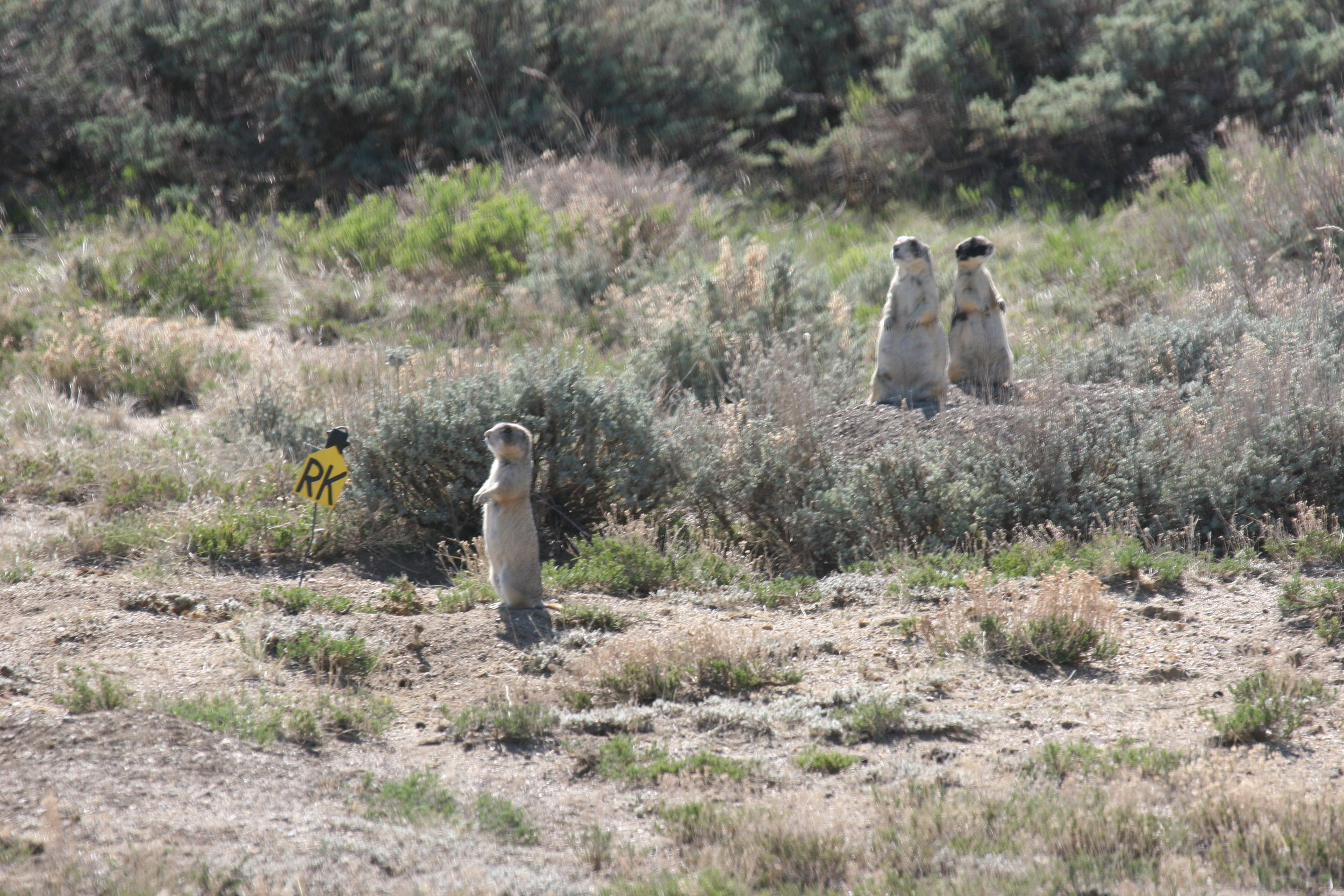
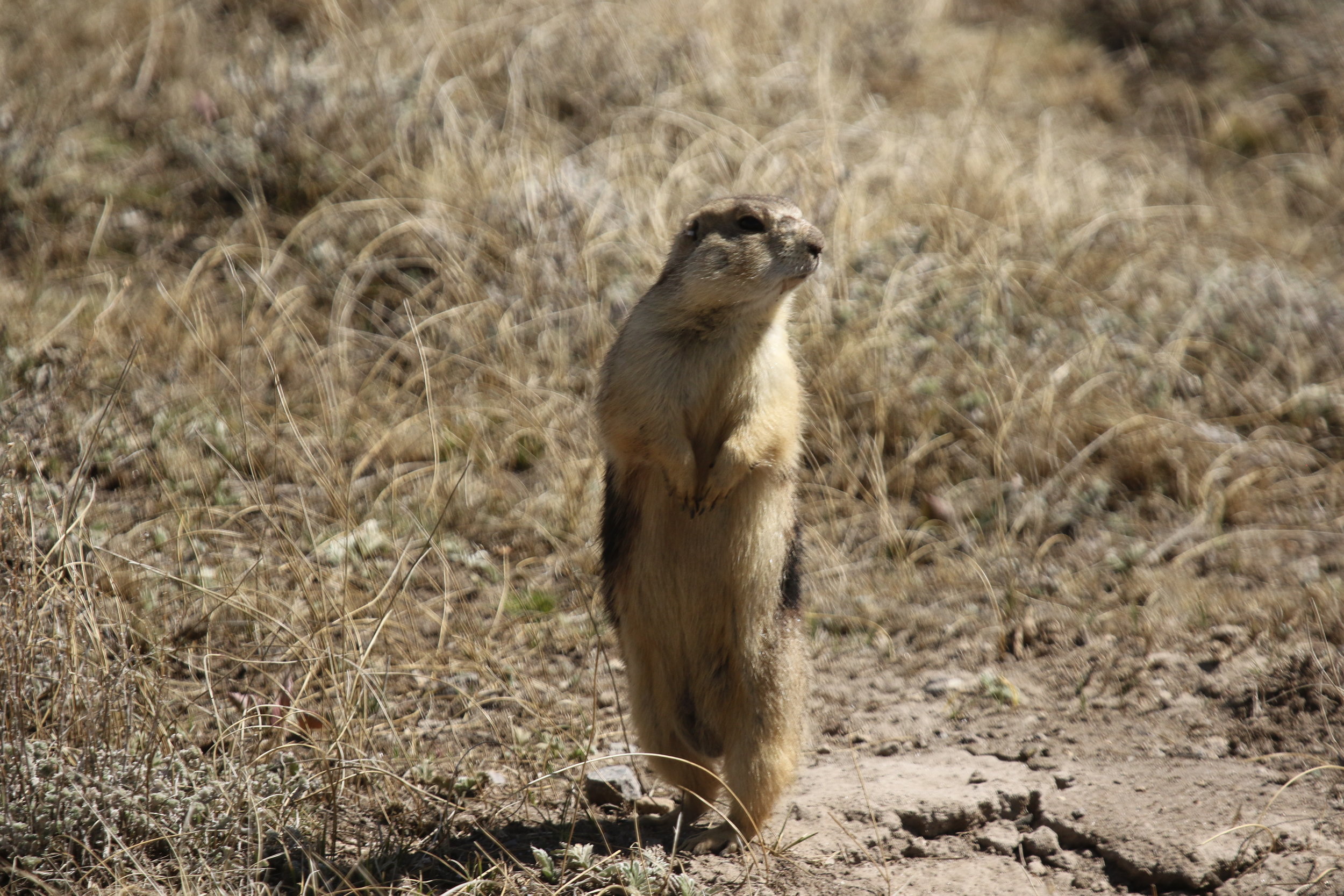
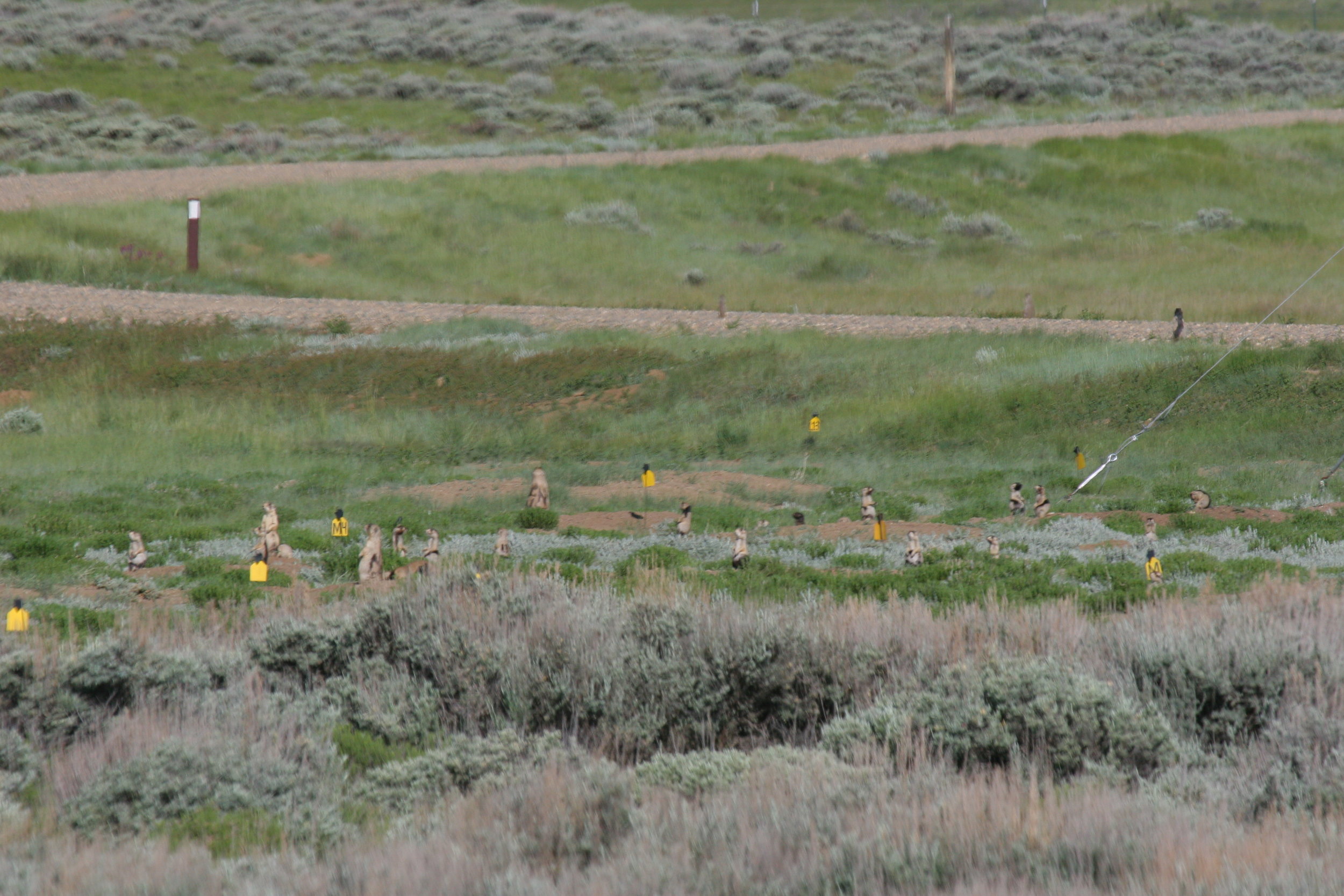
The Predator
American prairies and grasslands are home to a myriad of predators across many taxa (mammals, reptiles, and birds). Some are more common and well-known than others, including the bullsnake (Pituophis catenifer), prairie rattlesnake (Crotalus viridis); a number of raptors including the prairie falcon (Falco mexicanus), golden eagle (Aquila chrysaetos), goshawk (Accipiter gentilis), ferruginous hawk (Buteo regalis), and Swainson’s hawk (Buteo swainsoni); and many well-known mammals including the coyote (Canis latrans), bobcat (Lynx rufus), American badger (Taxidea taxus), long-tailed weasel (Mustela frenata), and perhaps the most famous, the black-footed ferret (Mustela nigripes).
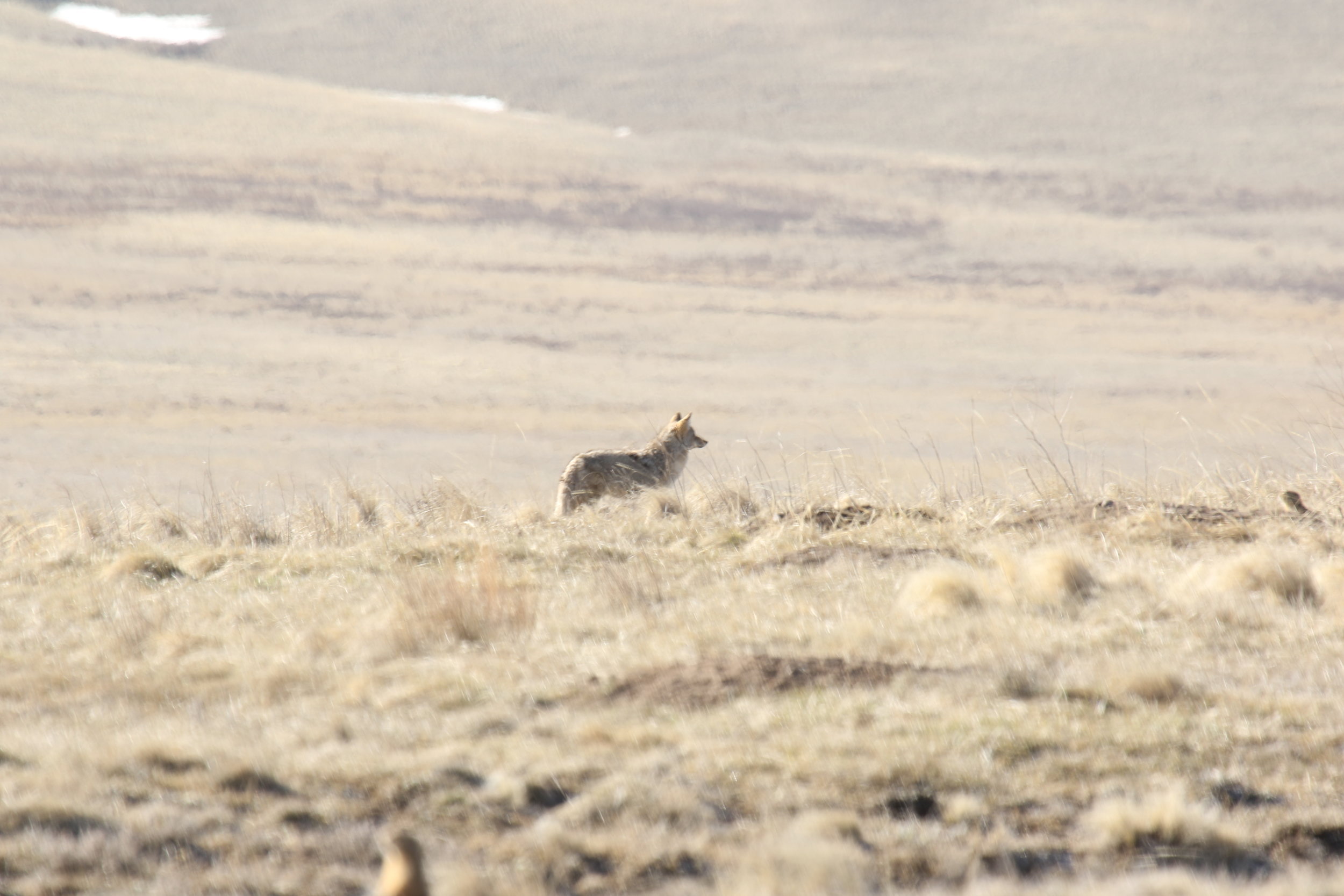
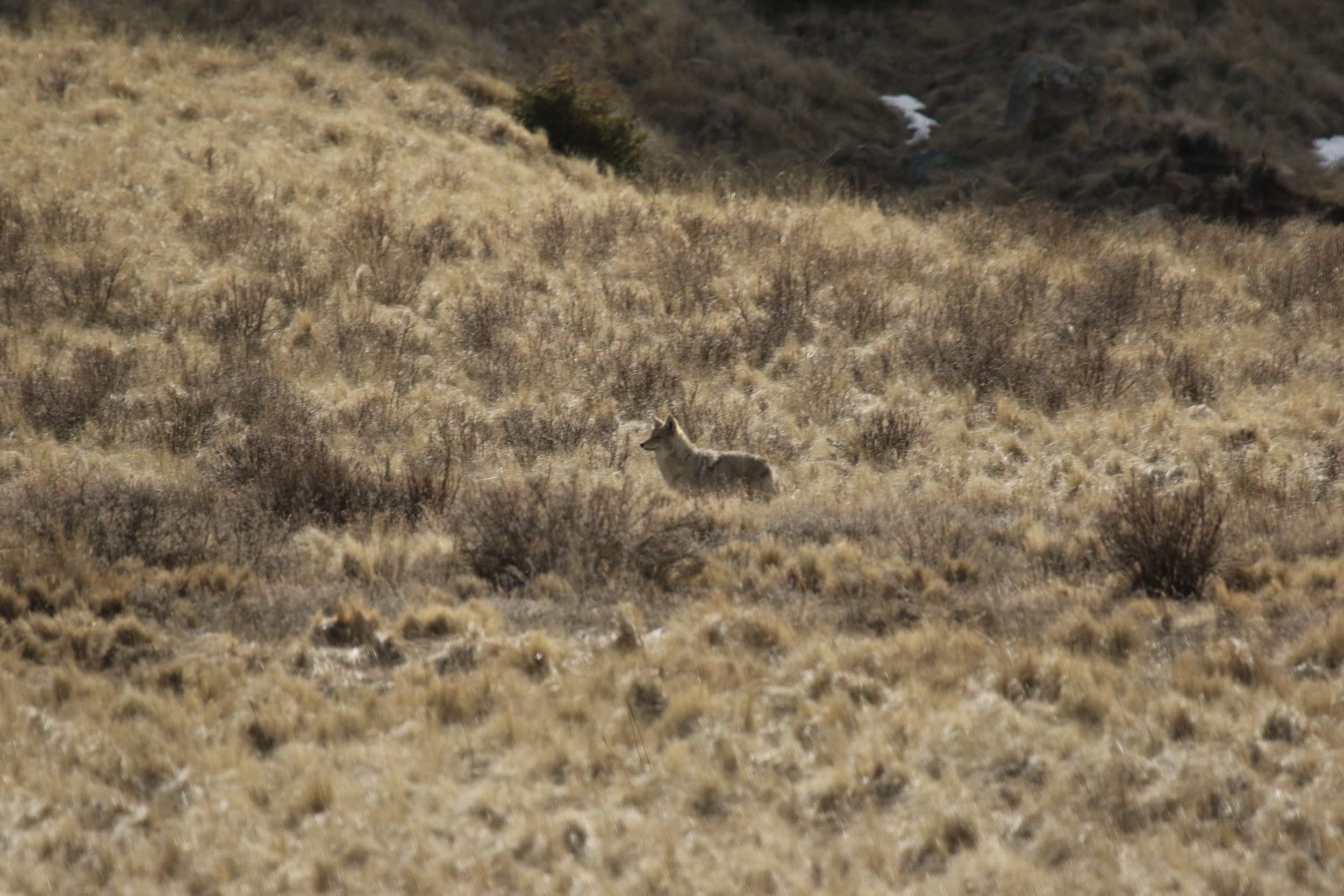
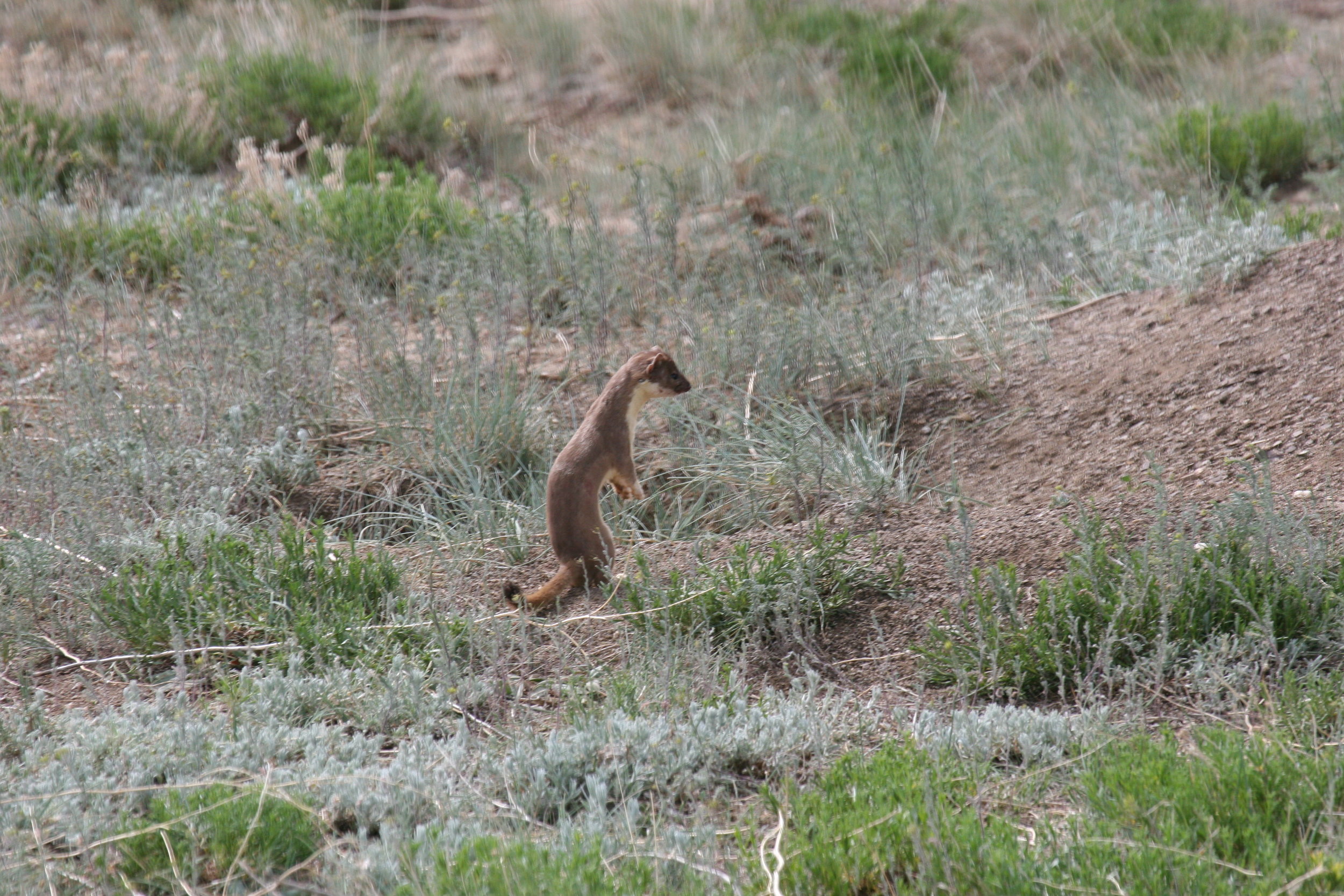
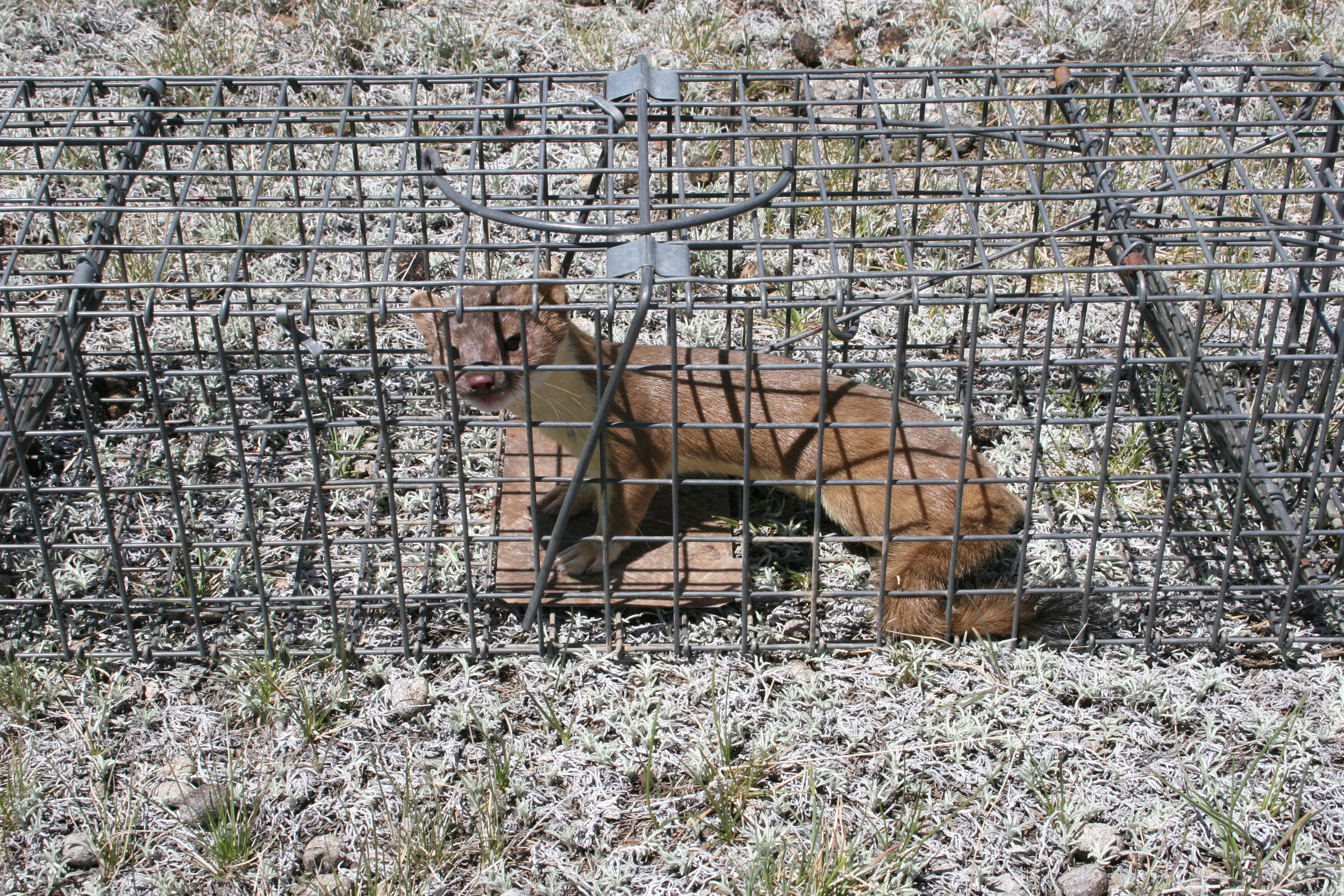
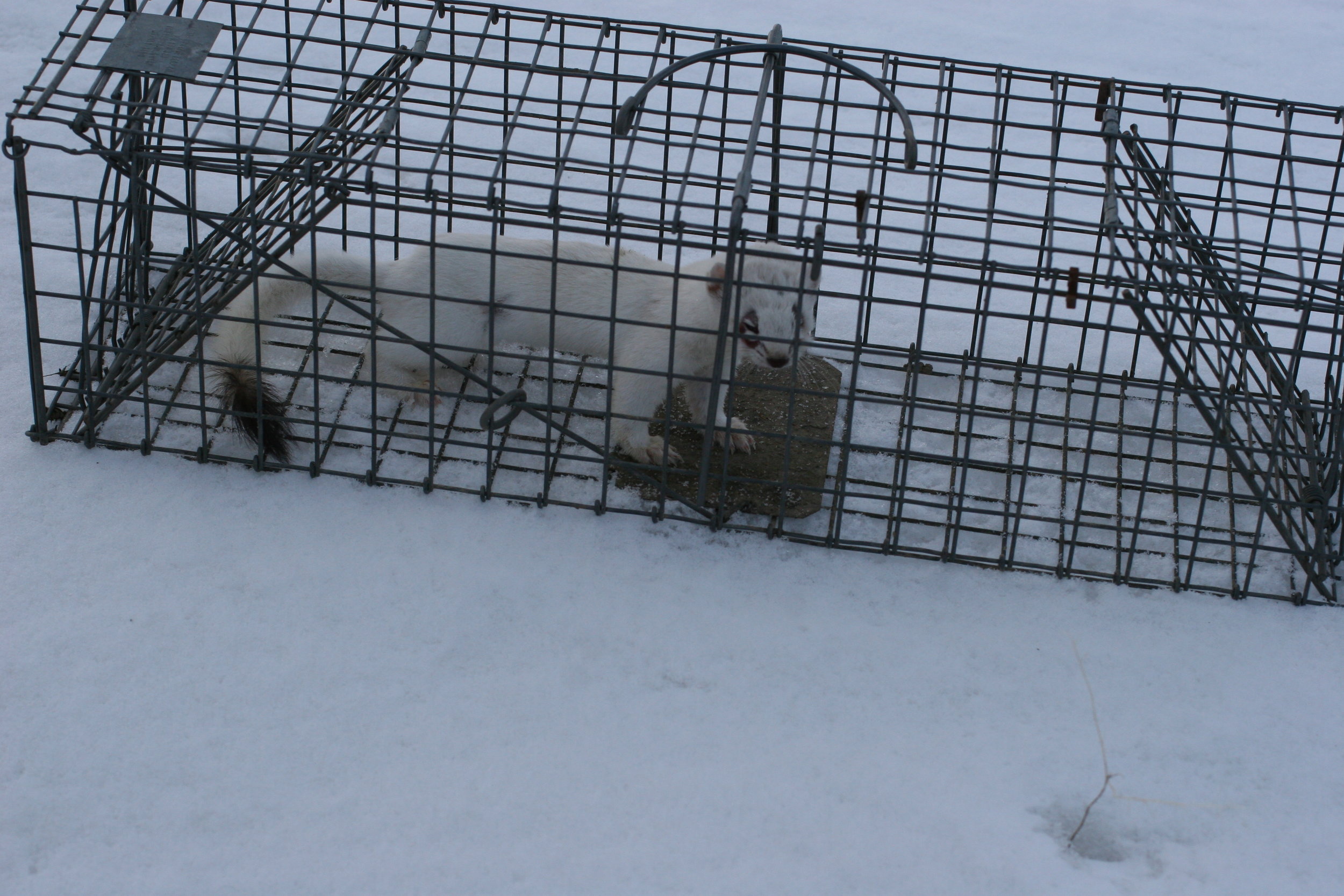
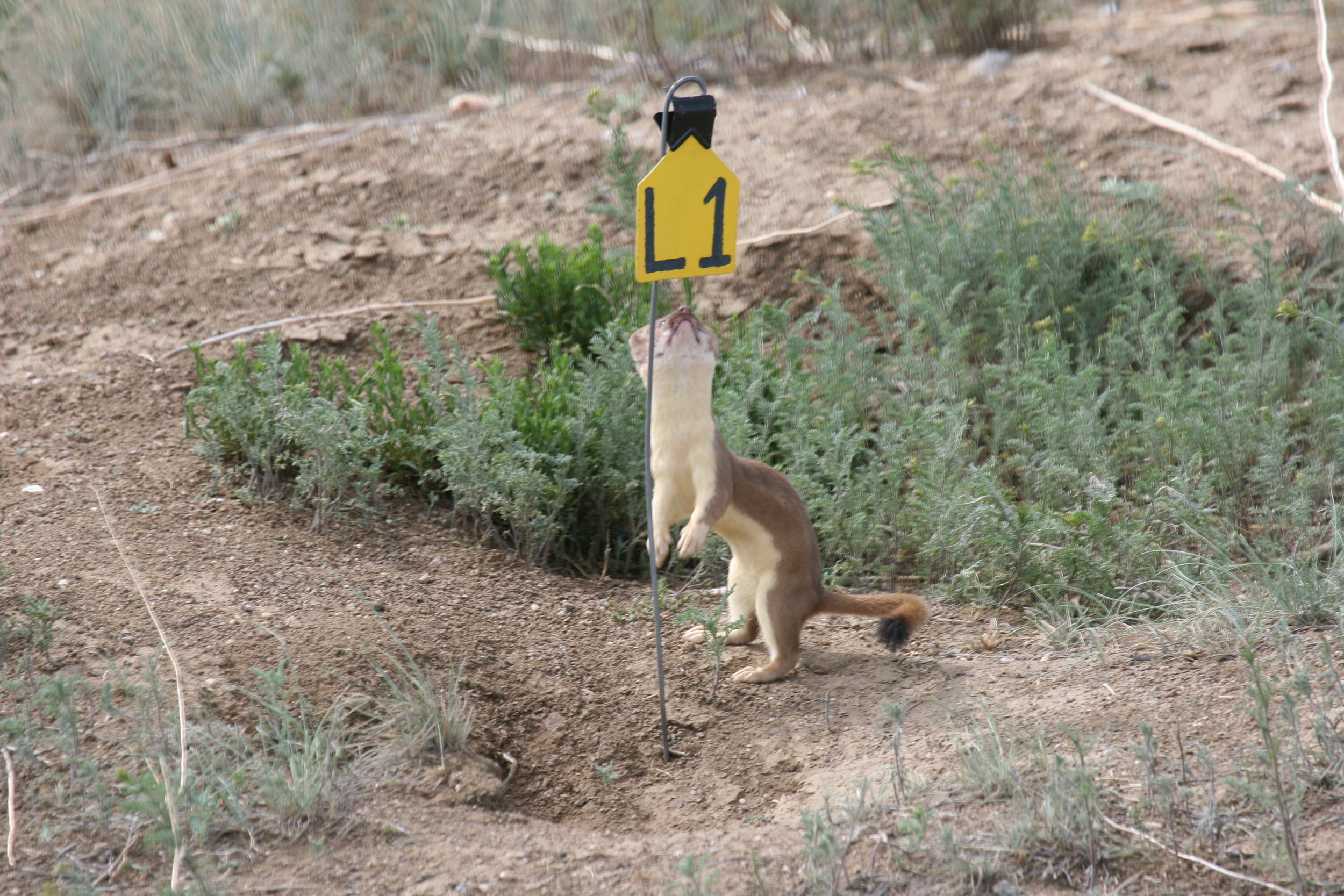
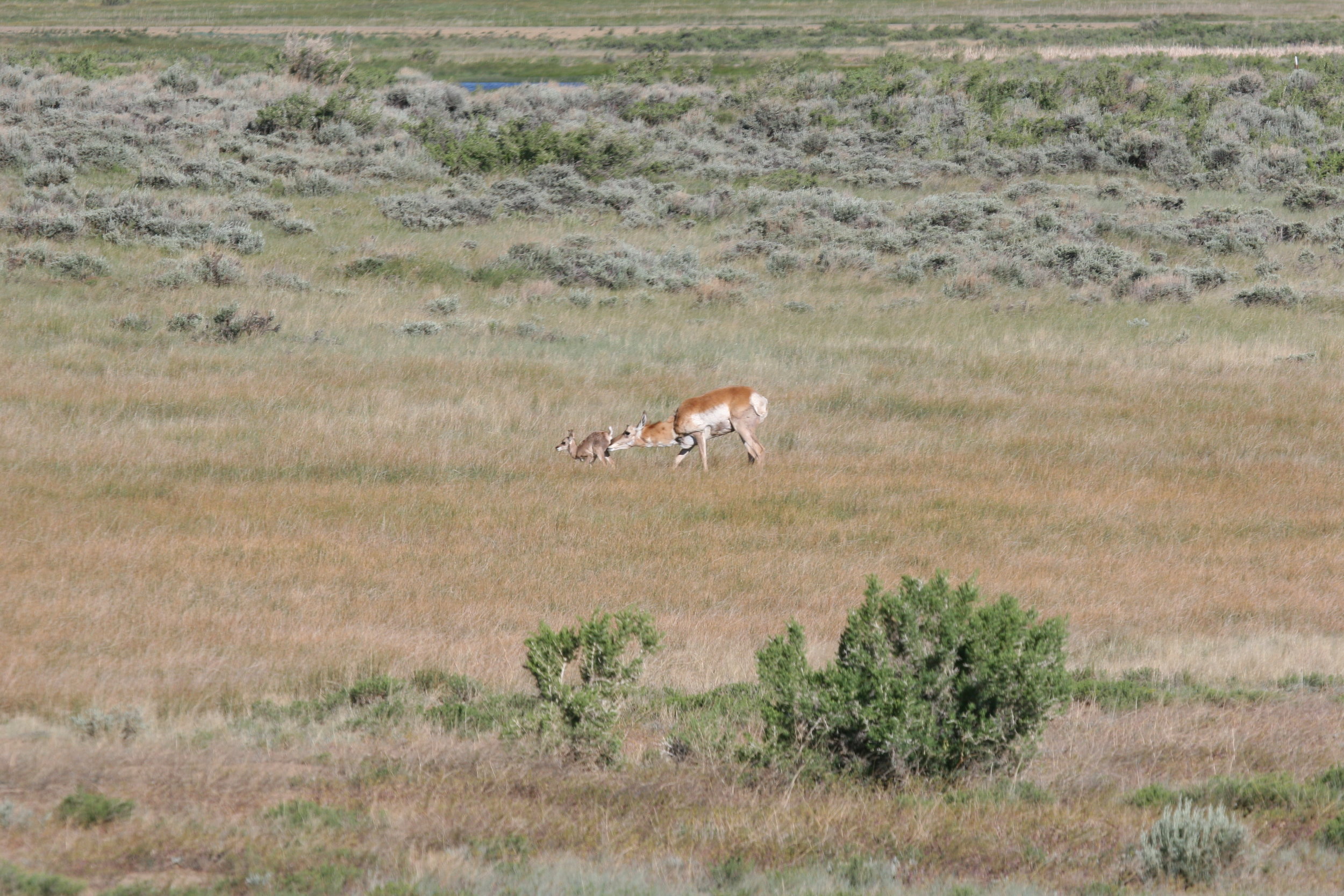
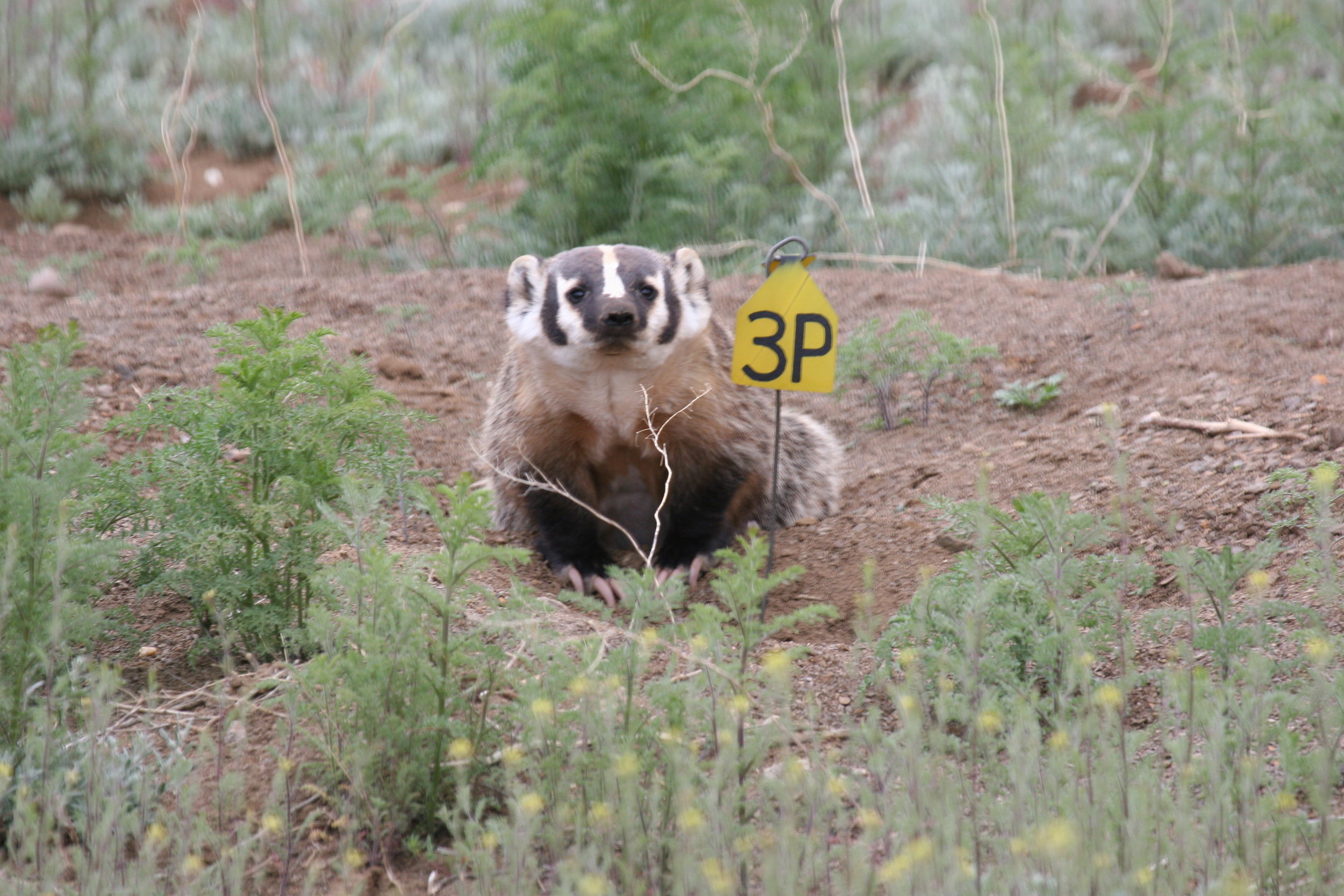

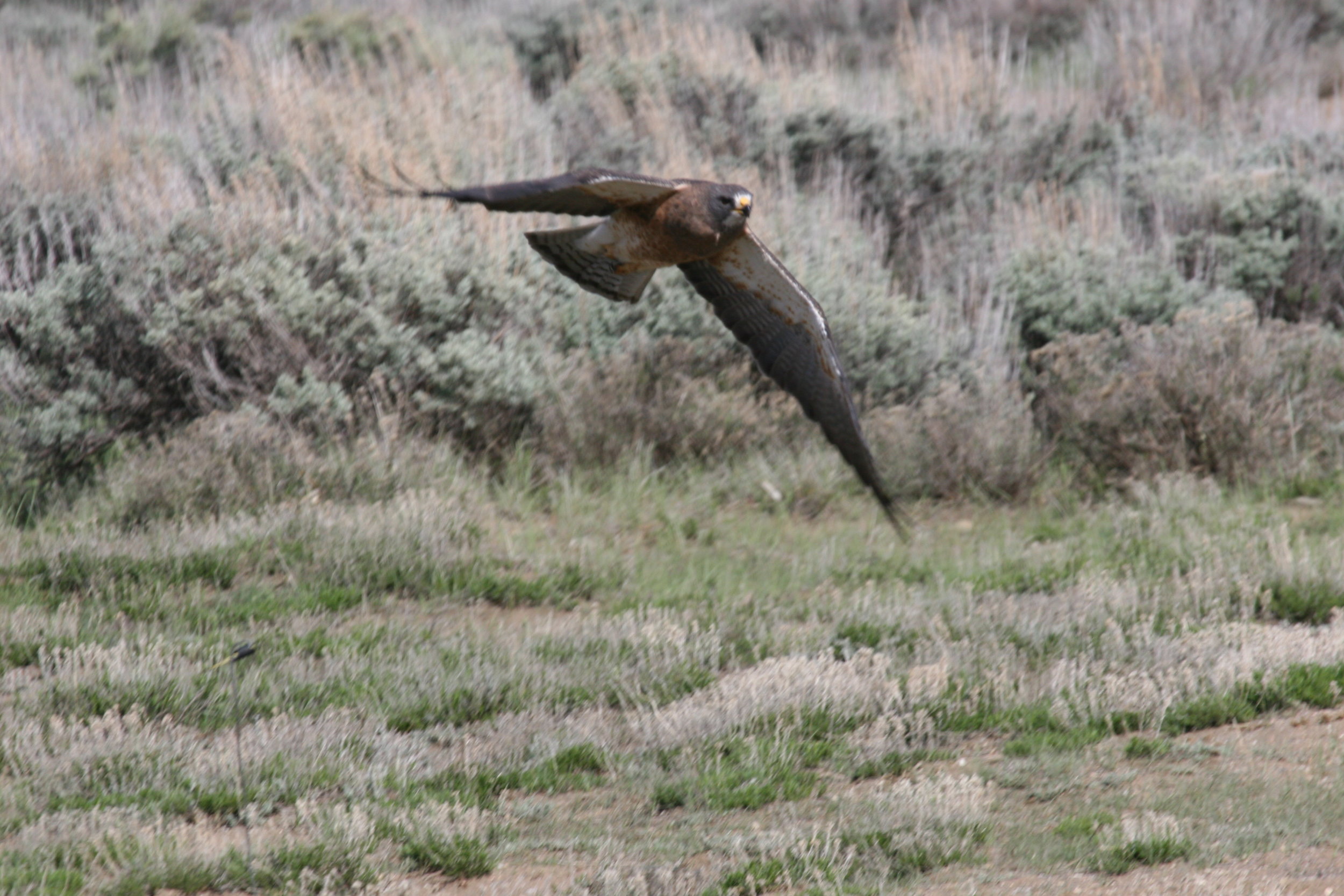
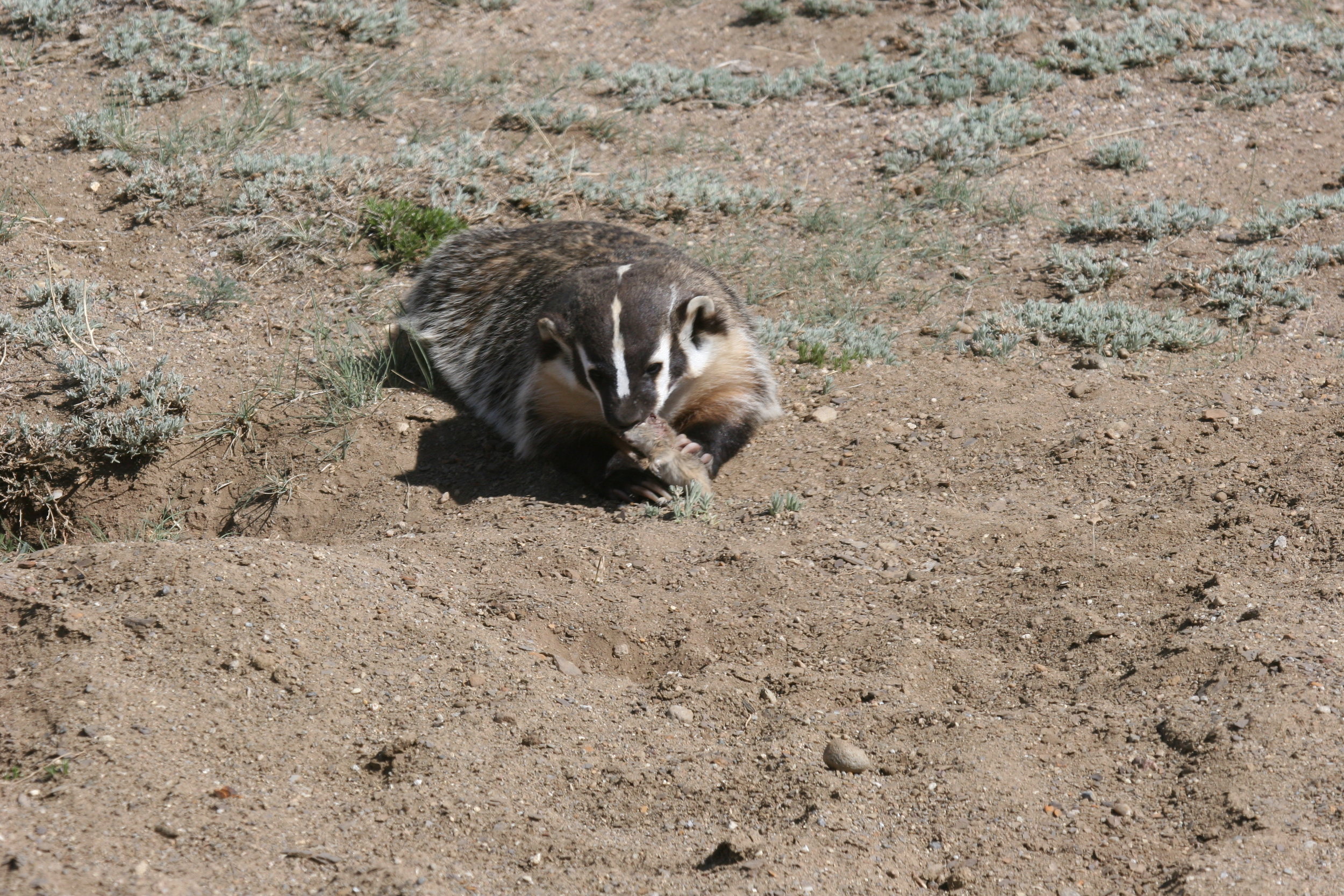

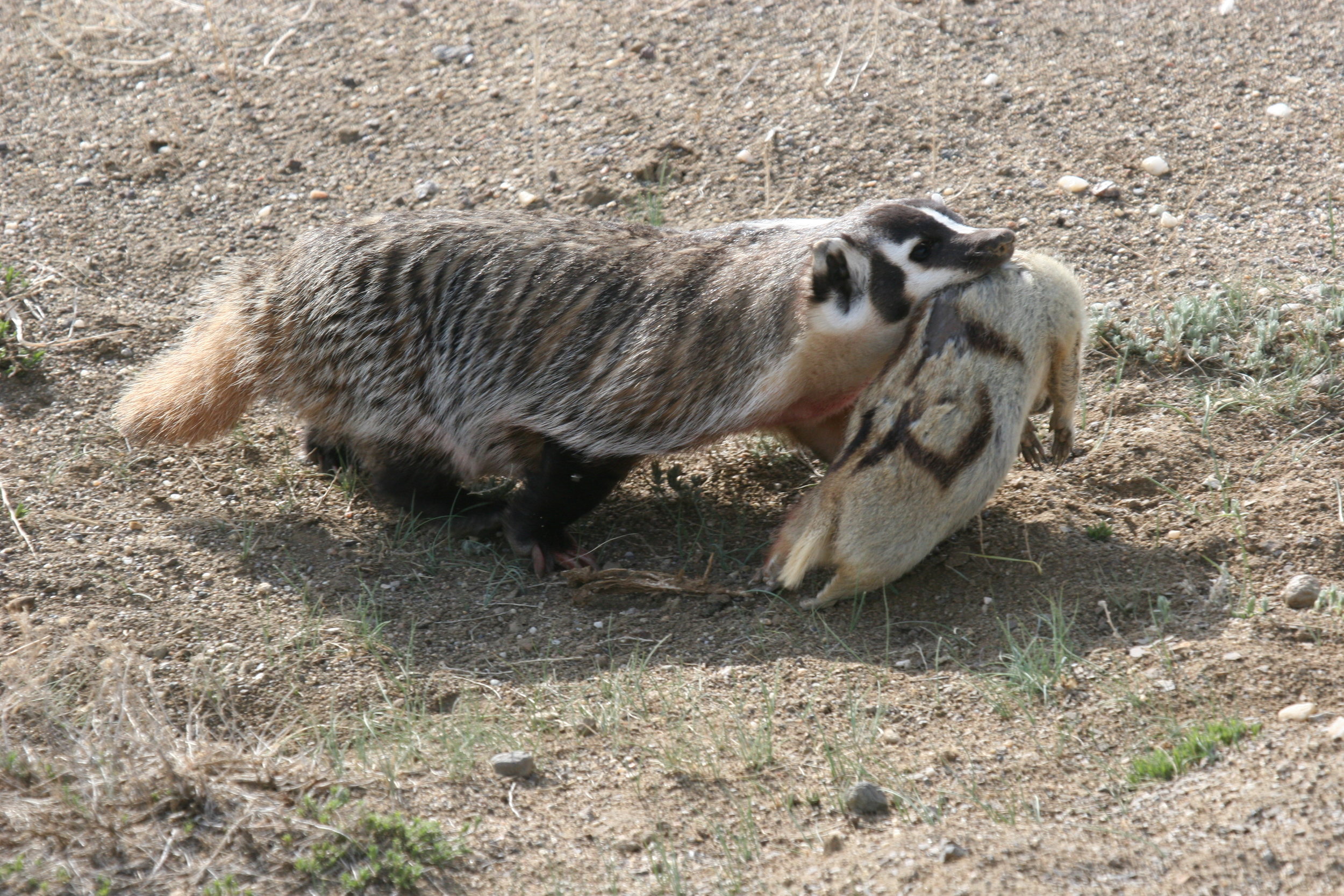
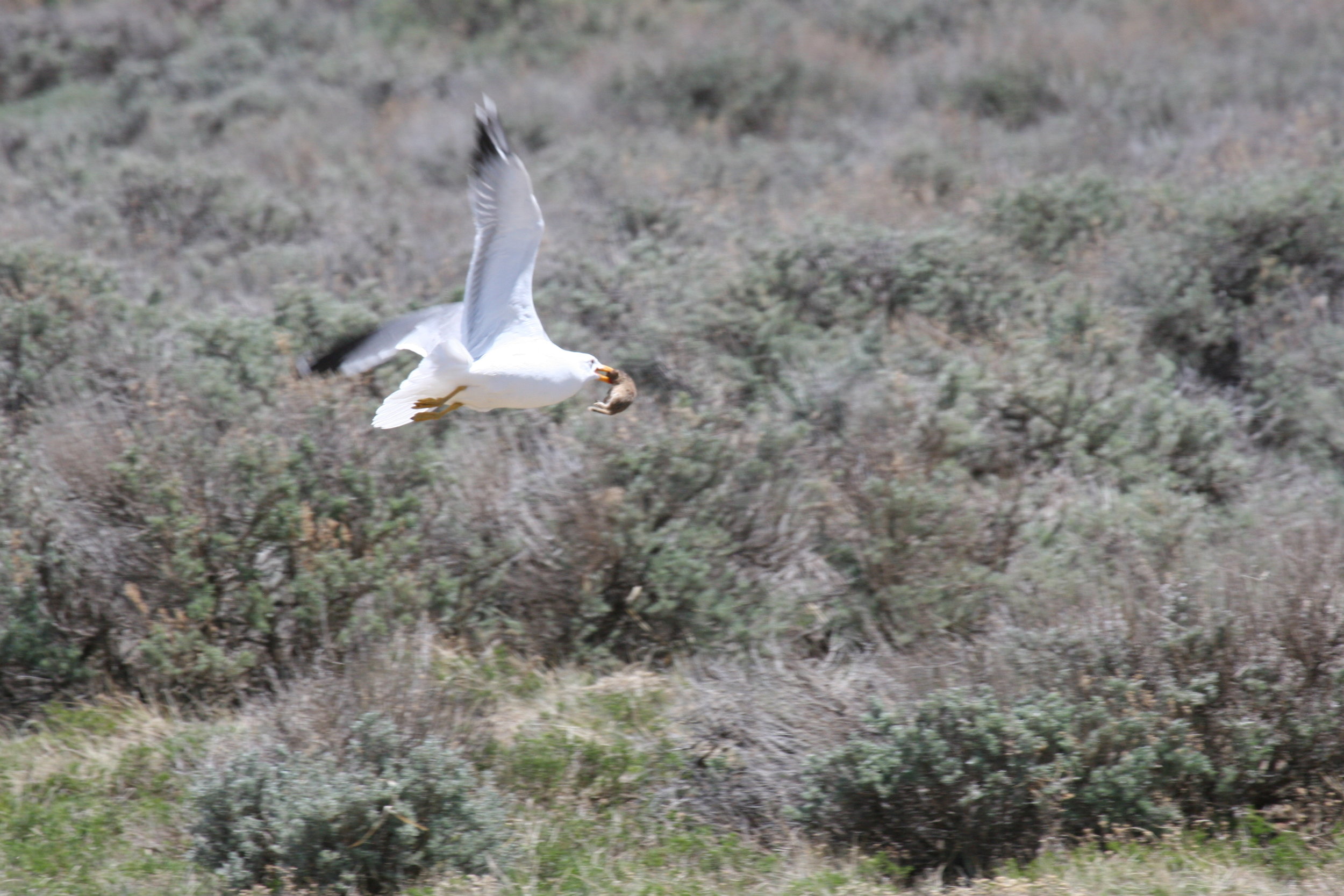
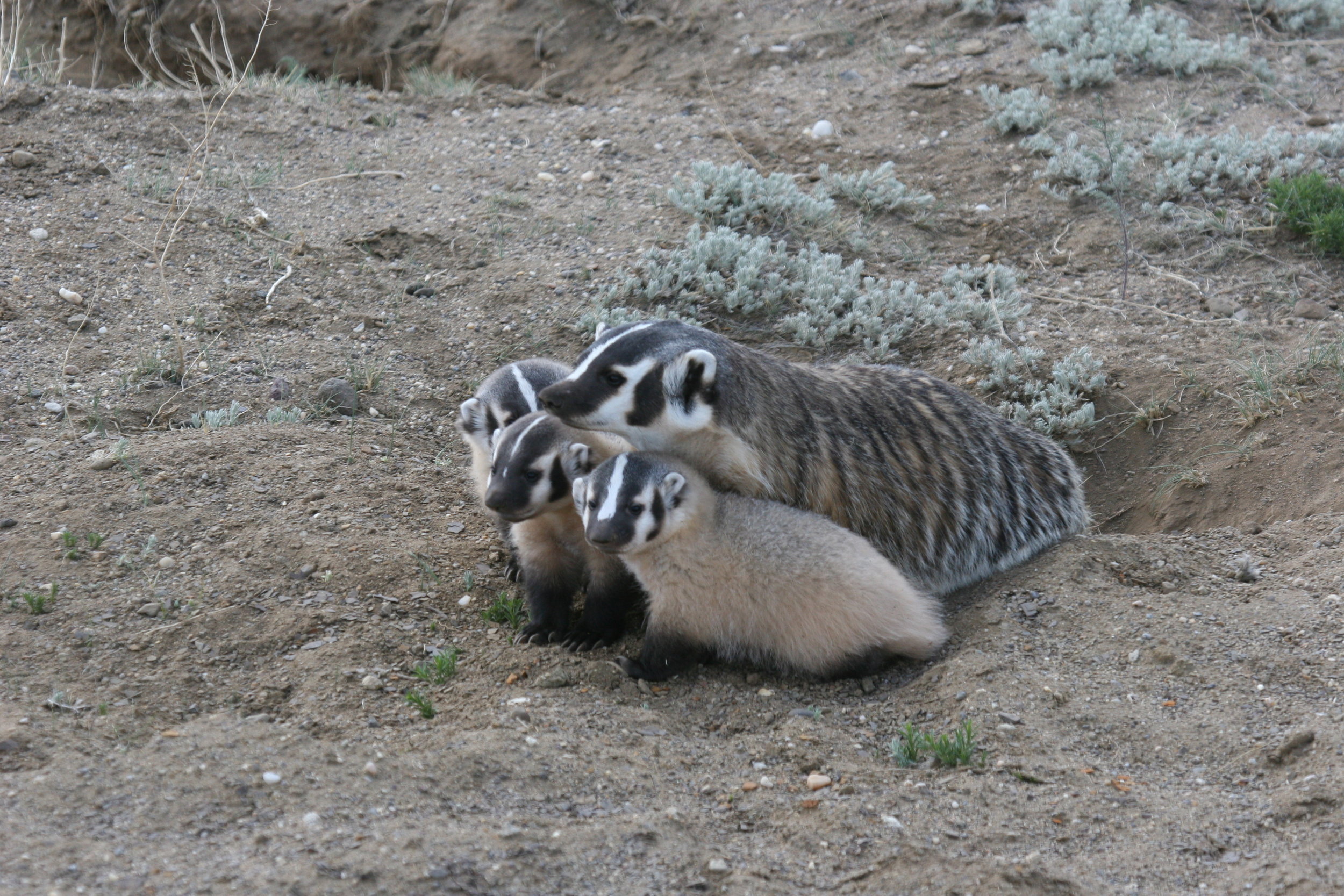
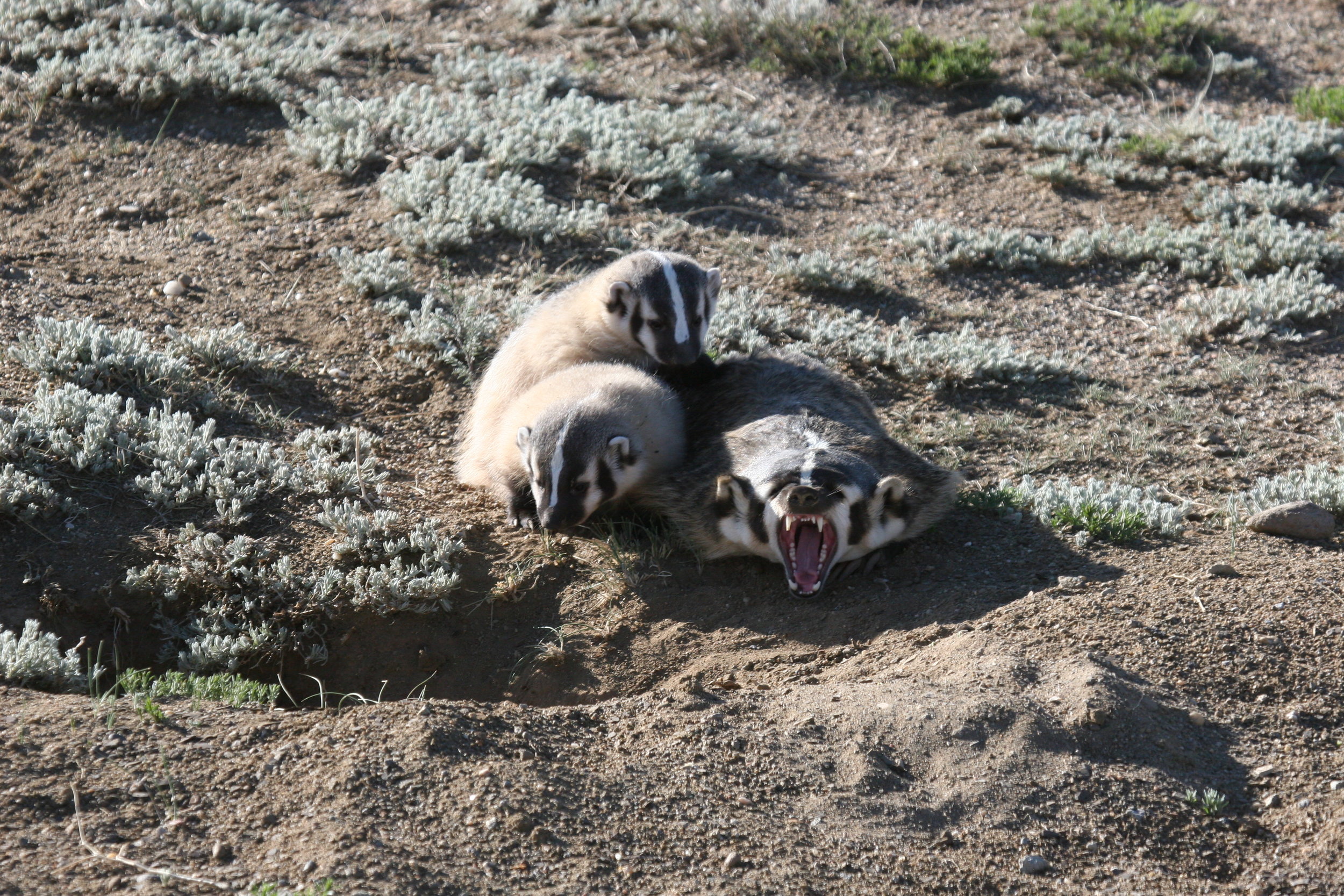
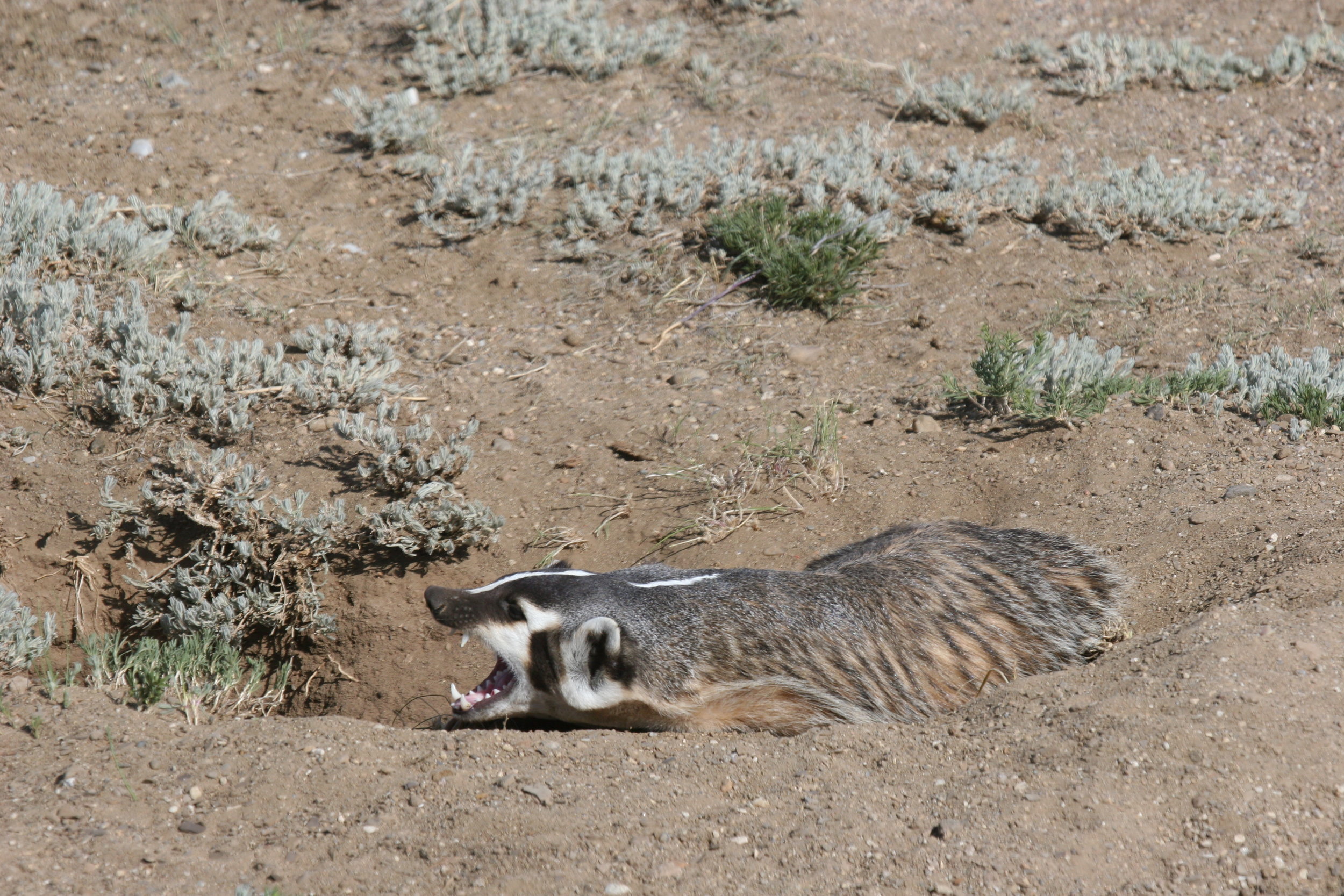
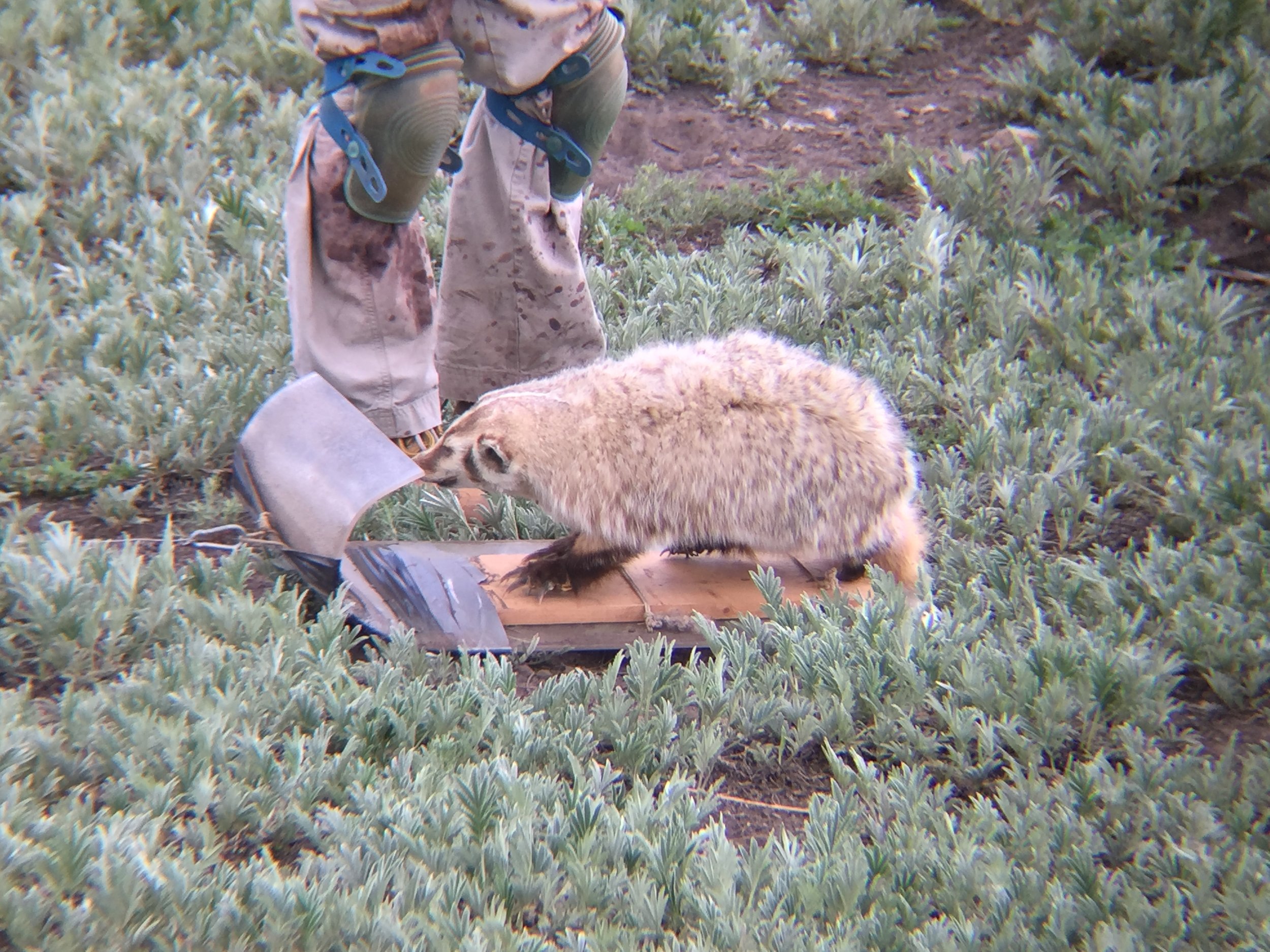
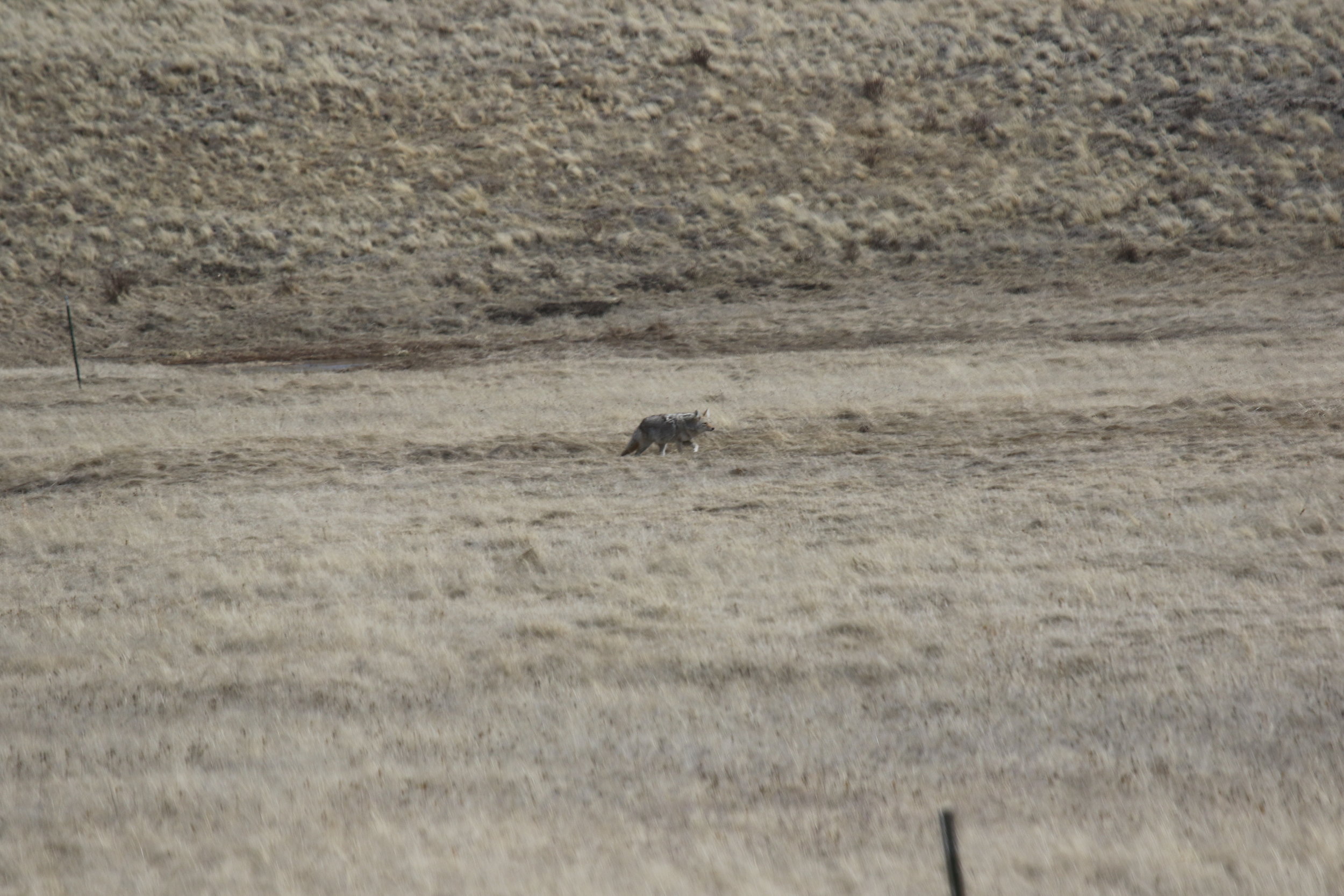
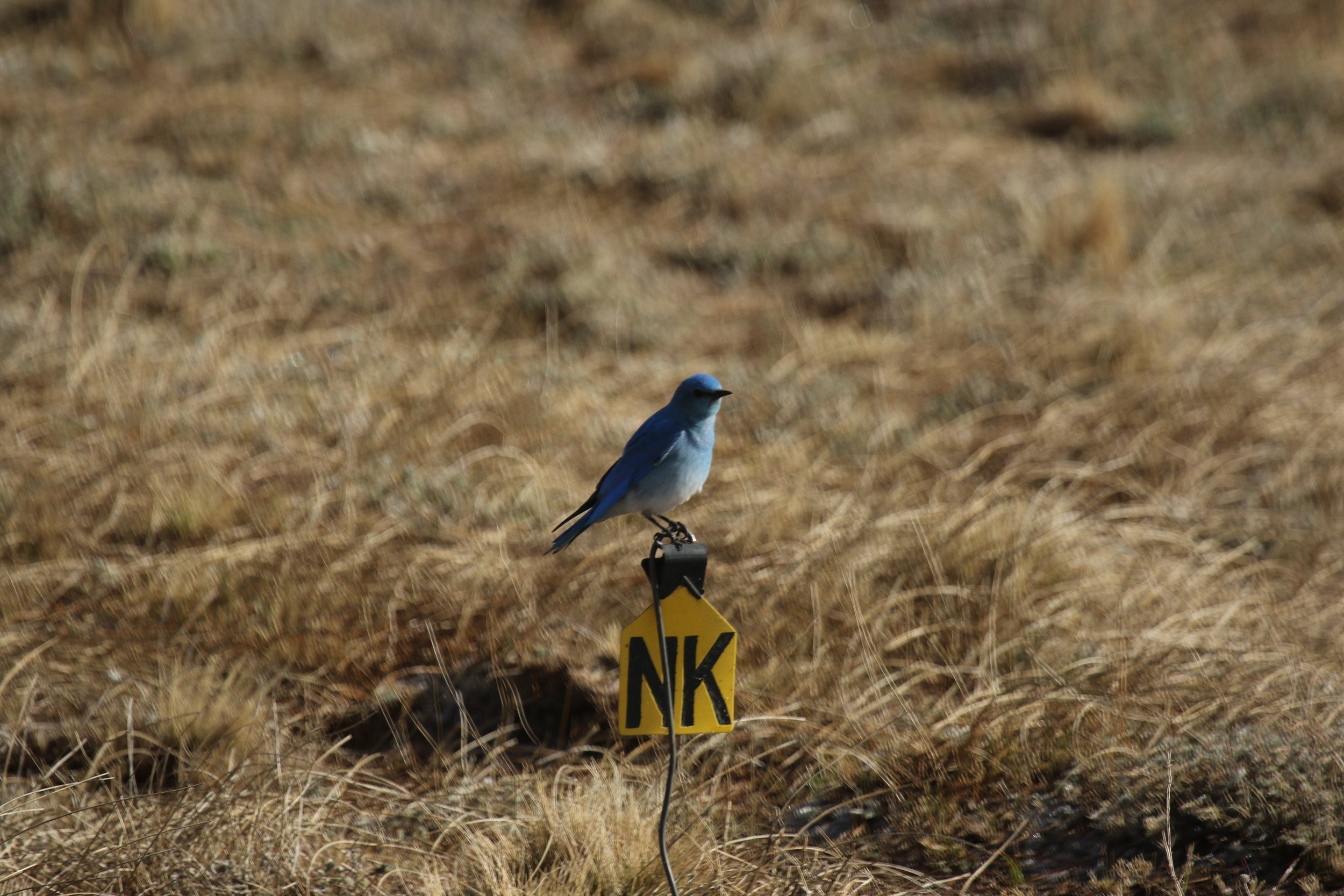
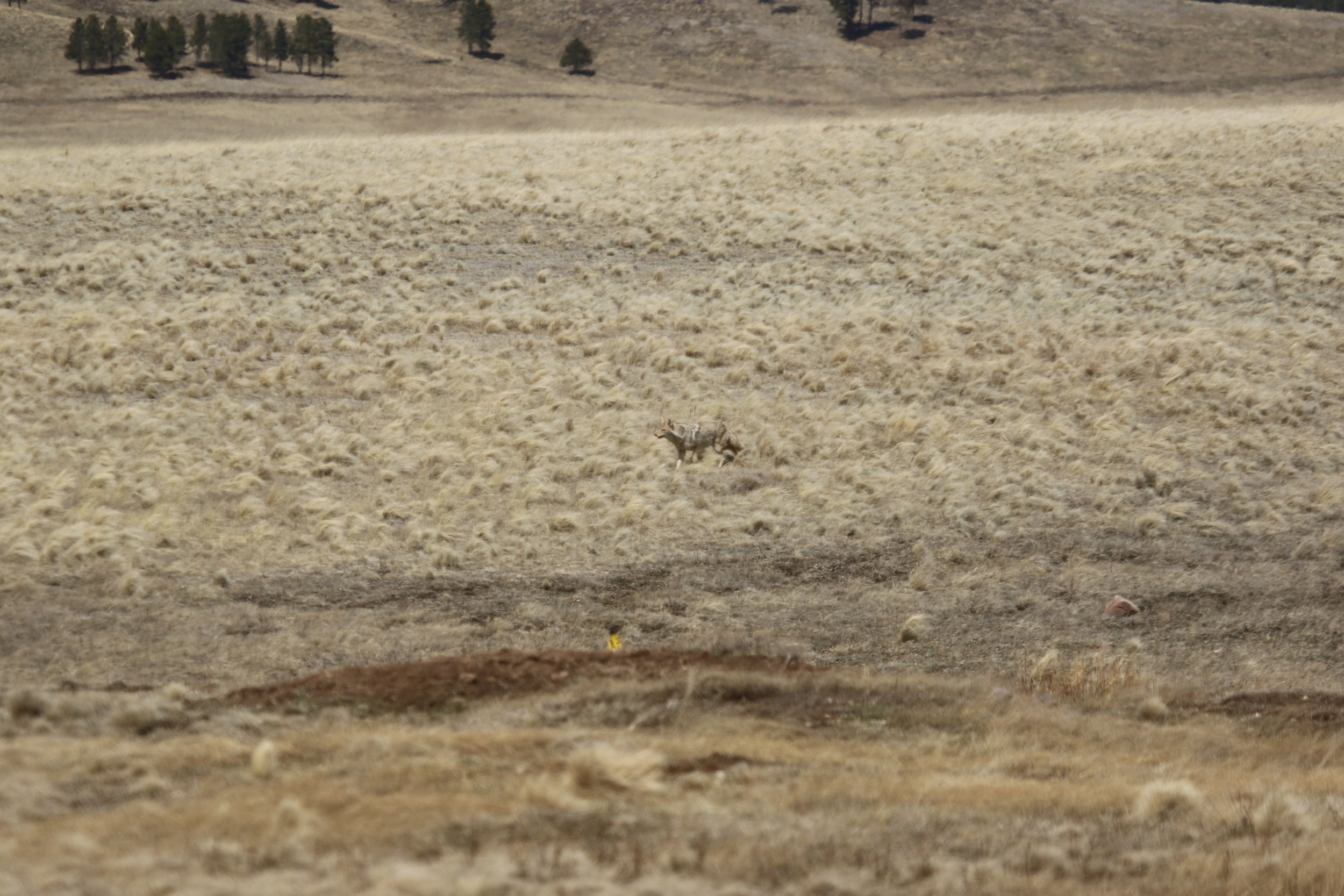
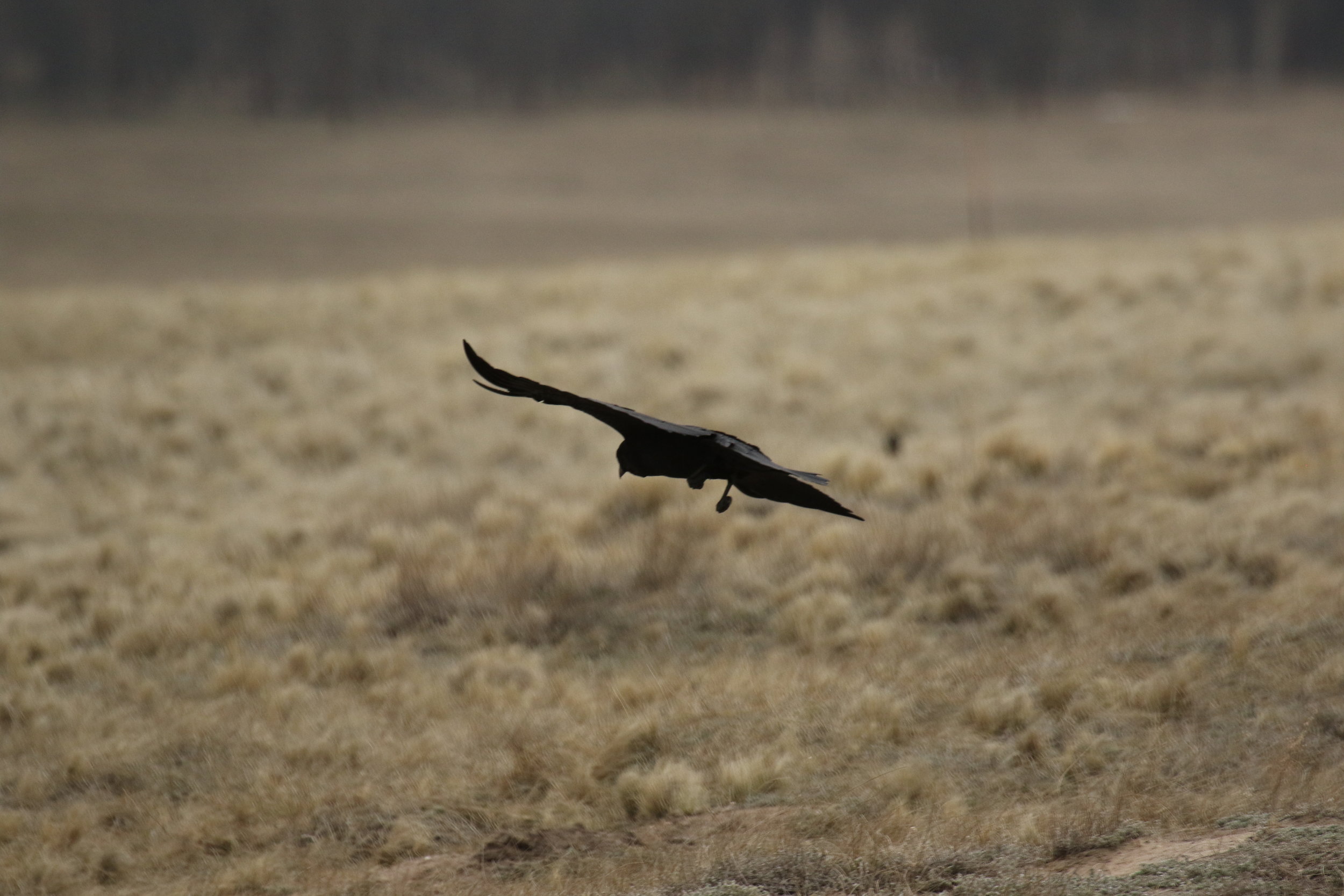
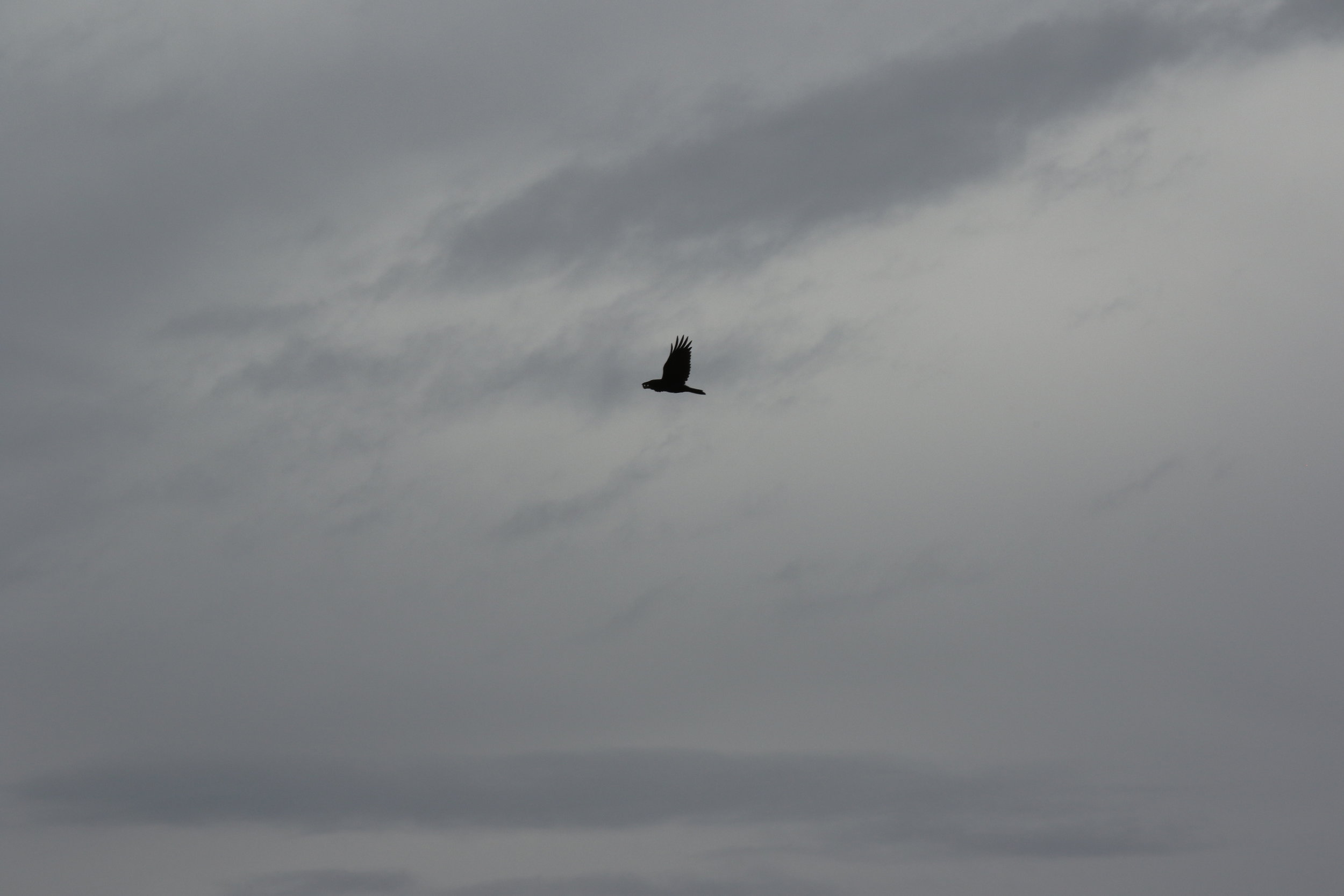
Mammalian PREDATORS
Because of their role and potential as a consistent prey item, prairie dog conservation dovetails critically with the conservation of grassland predators and the maintenance of grassland ecosystems. One of the best-known predator-prey relationship is between the prairie dog and the black-footed ferret (read more in CONSERVATION). These members of the weasel family feed voraciously on prairie dogs. Mammalian carnivores require a lot of nutrient-rich food to maintain their metabolisms. In the spring, these predators (coyotes, bobcats, weasels, badgers included) depend on meaty prey to recover the weight and health they lost over winter; and nearing autumn, warm-blooded predators need to fatten up as much as possible before the snow begins to fall. Having consistent prairie dog prey is part of what keeps these predators fit, and healthy predators go a long way toward promoting healthy ecosystems.
Many mammalian predators are diurnal, sharing their photoperiod activity with prairie dogs, and hunting while their prey is active. Others, like the badger, are mostly nocturnal; though they will opportunistically emerge during the day to hunt on occasion, their greatest success comes at night when they can stalk into a burrow while prairie dogs are sleeping and catch their prey by surprise.
ReptiLIAN PREDATORS
The only reptilian predators prairie dogs need to worry about is the snake, and their response to snakes is unique. Juvenile prairie dogs make easy prey for bullsnakes and rattlesnakes, especially before they have emerged from their nursery burrows and are still small and unawares. Fighting a snake can be deadly, so steering the snake away is the first priority. In black-tailed prairie dogs (BTPDs), an antisnake call is distinct from the usual antipredator call, and consists of a jump-yip (see VOCALIZATIONS) in which the prairie dog throws its upper body into the air, accompanied by foot-thumping. The foot-thumping likely serves to steer the snake away and essentially herd the threat in another direction, as the snake can most certainly feel the vibrations through the earth. Similar to BTPDs, the Gunnison's prairie dog (GPD) also engages in furious foot-thumping when it has perceived a snake; unlike the BTPD, however, the jump-yip display is not observed in GPDs. In the video below, a yearling male GPD responds to an approaching bullsnake (a common species in the west), thumping his hind legs and letting out occassional territorial calls (but no antipredator/alarm calls).
aVIAN PREDATORS
Sitting in our observation towers, occasionally our attention will be drawn to the colony when several prairie dogs let out a sudden single alarm bark and run to their burrow entrances. Any time this happens, we immediately dart our eyes to the sky in search of avian predators. Raptors are relatively silent and very sudden, swooping from the sky often before a prairie dog is able to perceive that there is a threat above them (especially on cloudy days when no shadows are cast). Usually the prairie dog has time enough for a single startled bark and the raptor has already swooped down and is on its way back into the air, with or without an animal in its talons. In black-tailed prairie dogs, a jump-yip is given when a raptor has flown away. Juveniles are especially easy to grab for smaller avian predators like prairie falcons or even ravens, while golden eagles and larger raptors (goshawks, Swainson's hawks, ferruginous hawks included) can easily snatch even the largest adult prairie dog and kill it instantly.
Predator-Pull Experiments
For many years, John has conducted research on the prairie dog alarm/antipredator call through carefully constructed in situ experiments at our study colonies. Because predators act swiftly and are impossible to predict, we cannot accurately study antipredator responses organically; but by pulling taxidermied (stuffed) predators through a colony, we can simulate predator presence and collect the data we need under controlled conditions. Using stuffed predators, we are able to determine which individuals are calling, how long they call, and how close the “predator” is when the call is sounded.
A badger decoy is pulled through the colony to measure alarm call responses. ©John Hoogland 2012
Our menagerie of stuffed predators: a coyote, a bobcat, and two badgers. ©John Hoogland 2016
©John Hoogland + MRR 2016
The most common decoy we use is the badger, which we pull through the colony after juveniles have already emerged for the summer, using plexiglass sleds and a thin wire. Though we cannot say with certainty whether the prairie dogs respond to stuffed badgers the same as they do to live badgers, they do indeed respond to the decoys as they would a predator, and we can use these responses to measure alarm calls comparing distance to the decoy, lactating versus non-lactating mothers, females versus males, adults versus yearlings, et cetera.

